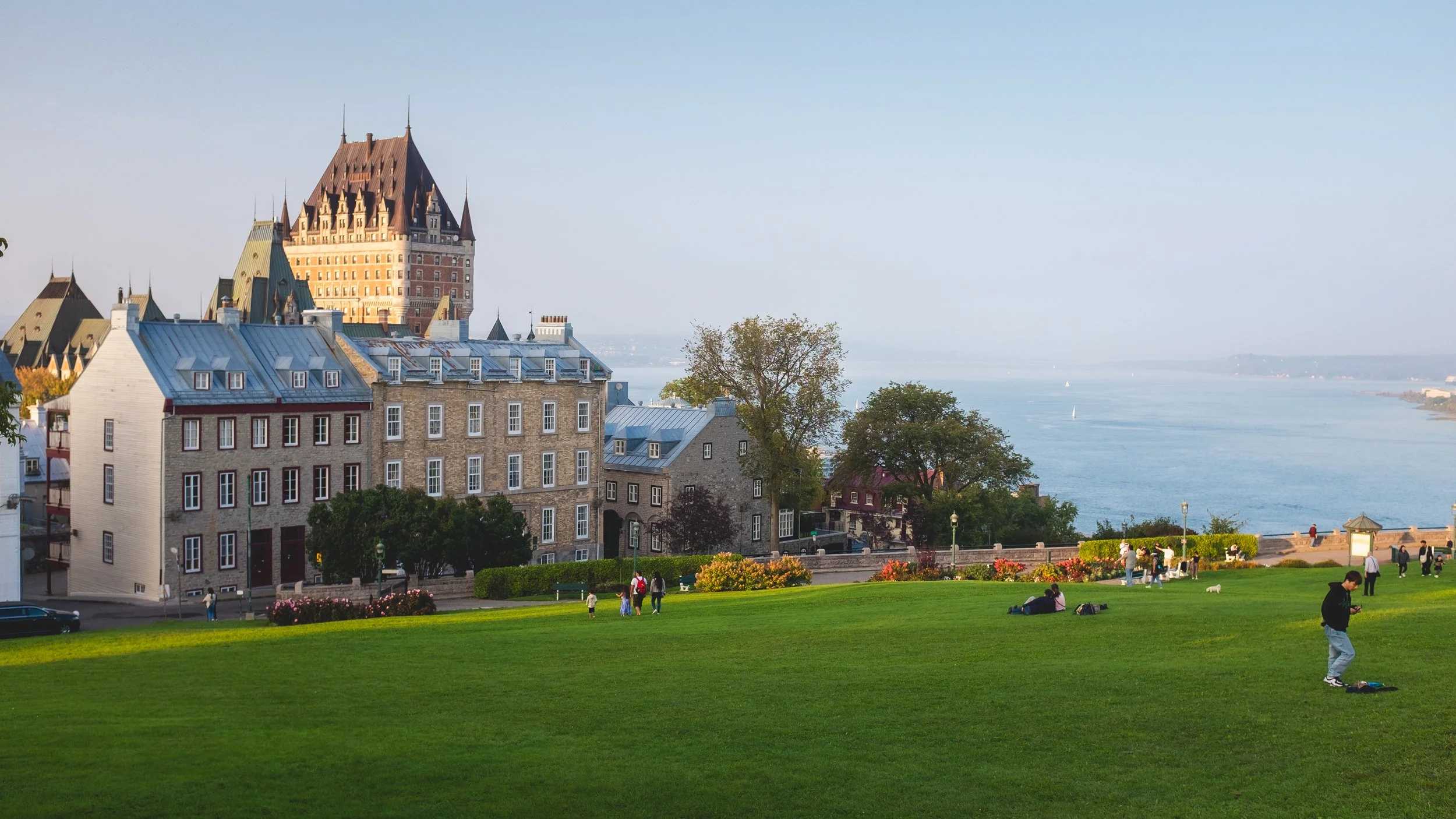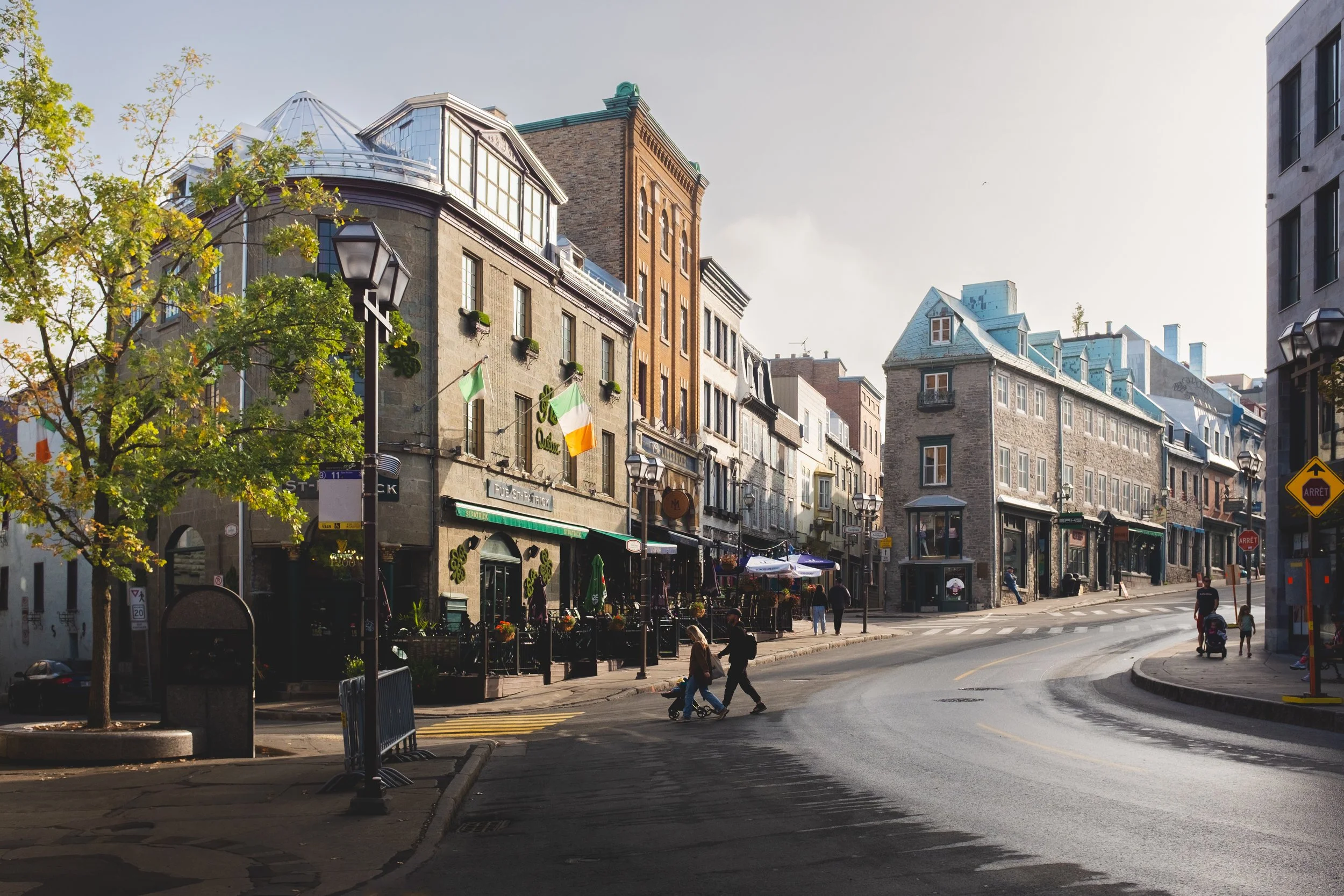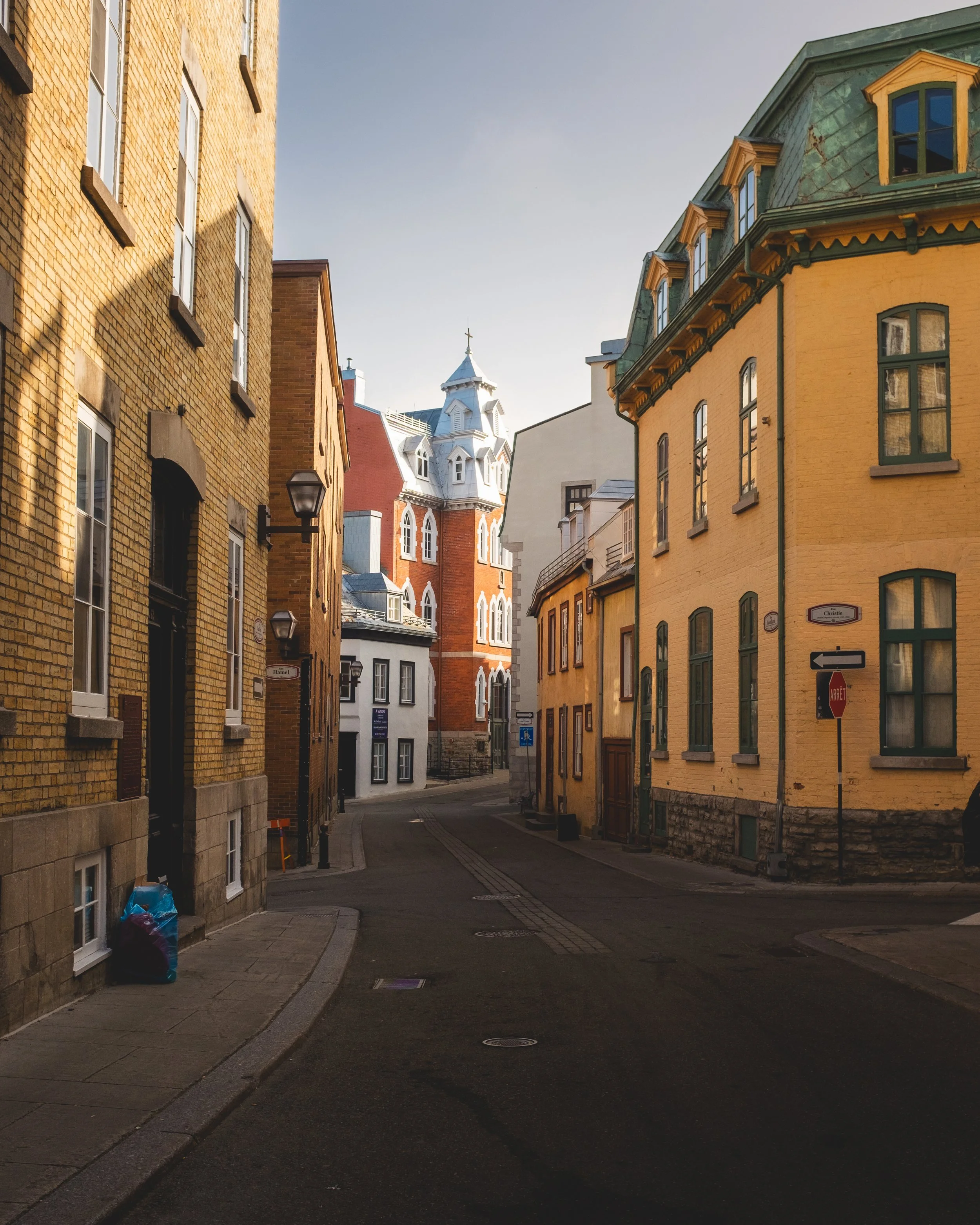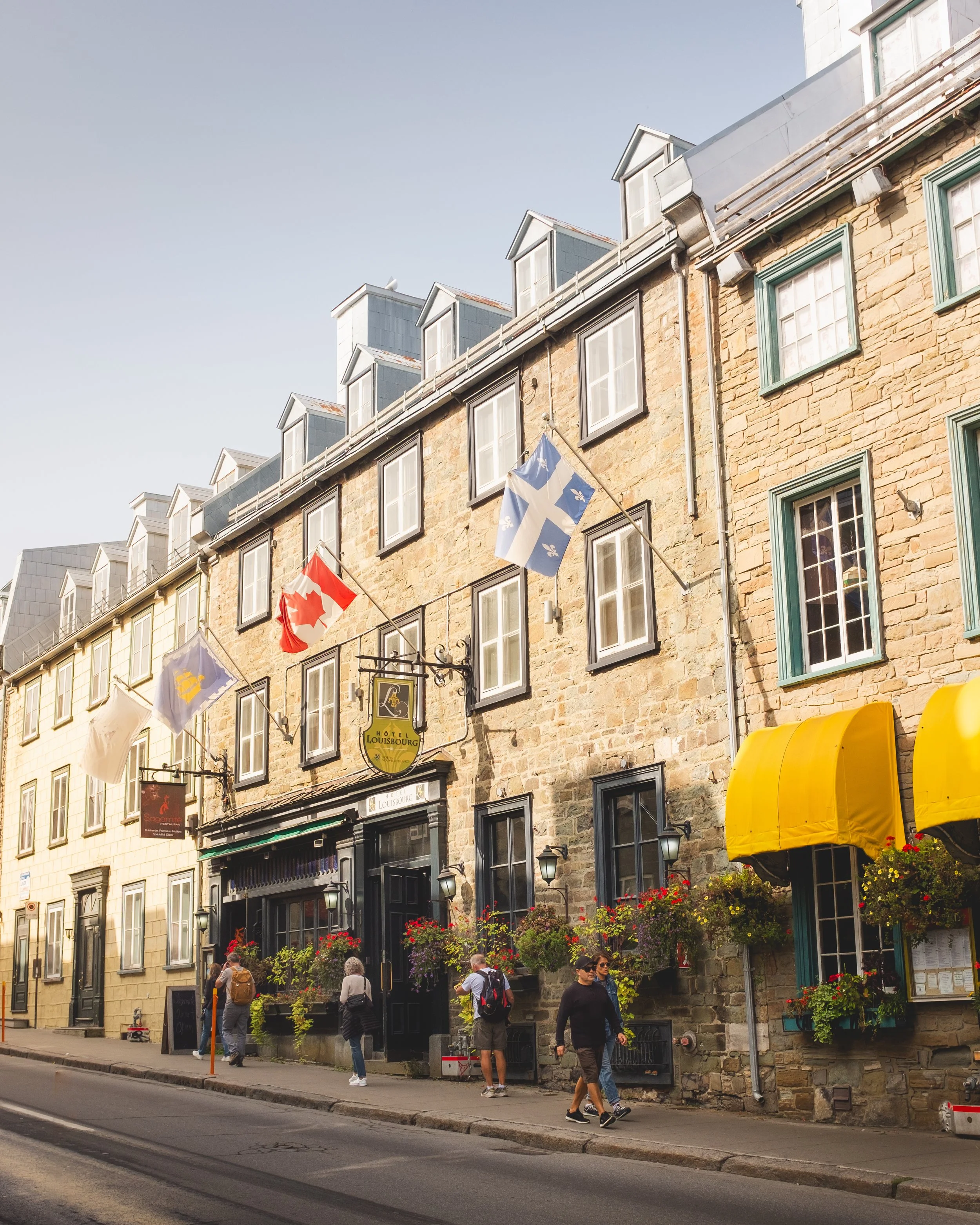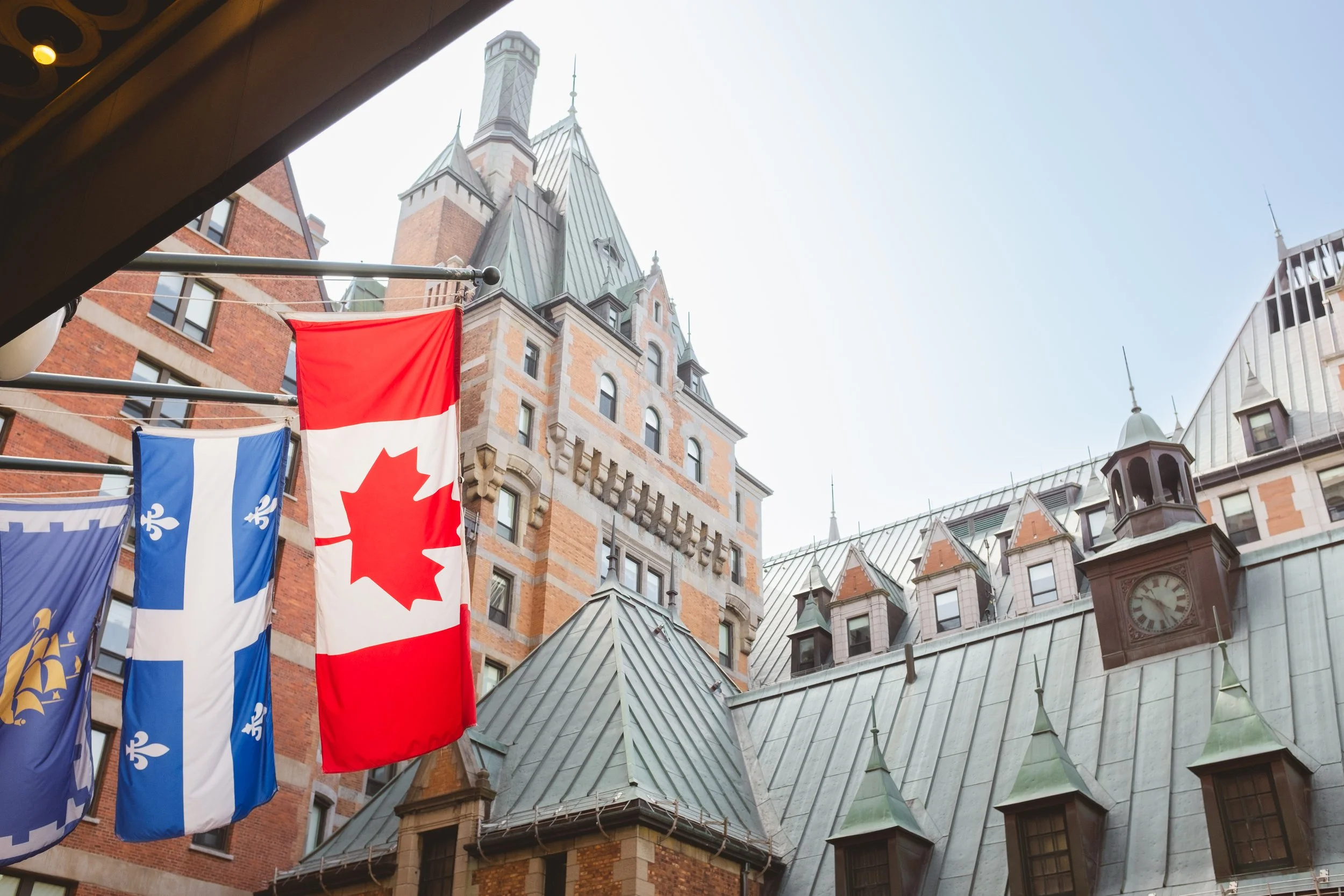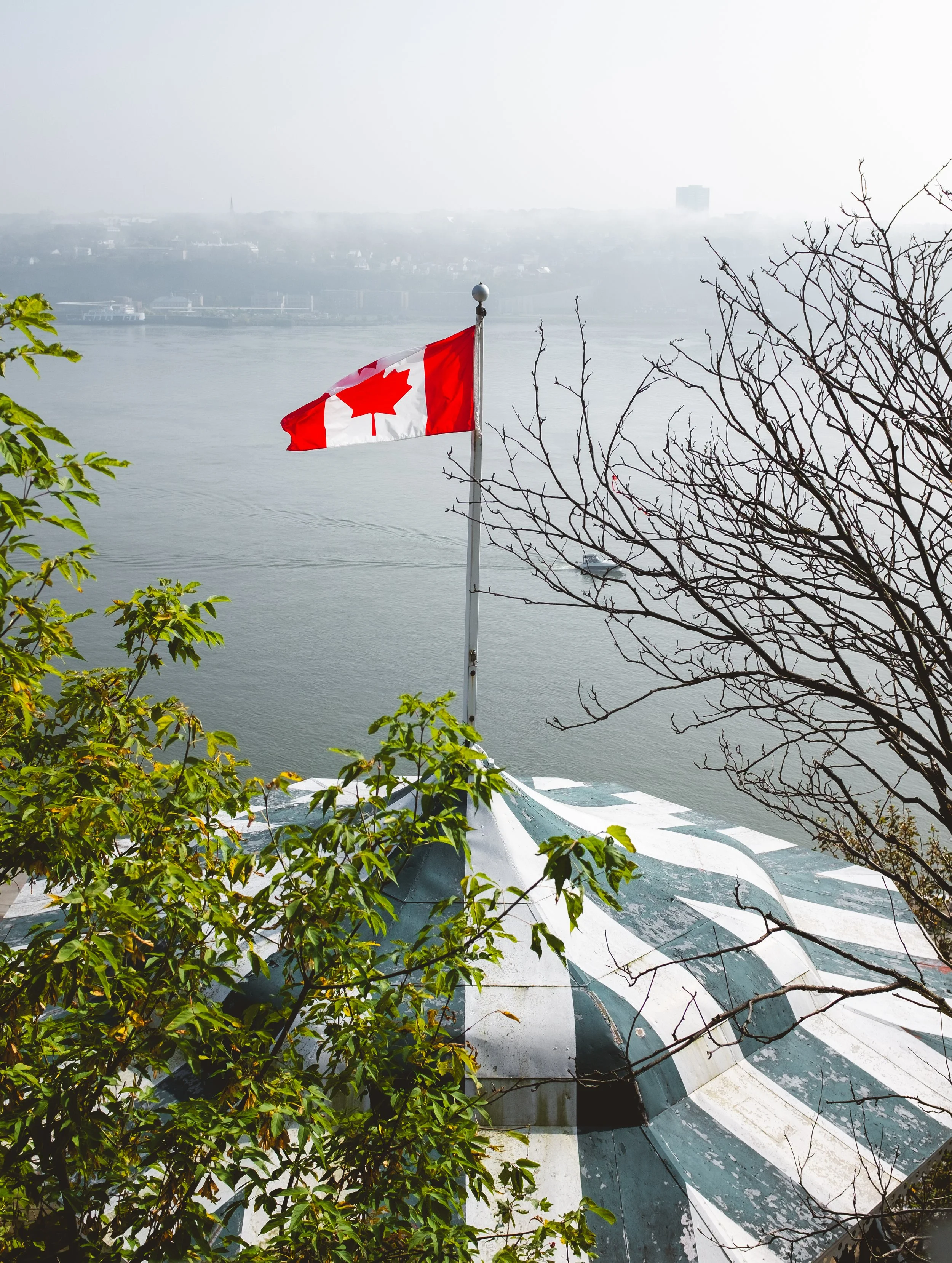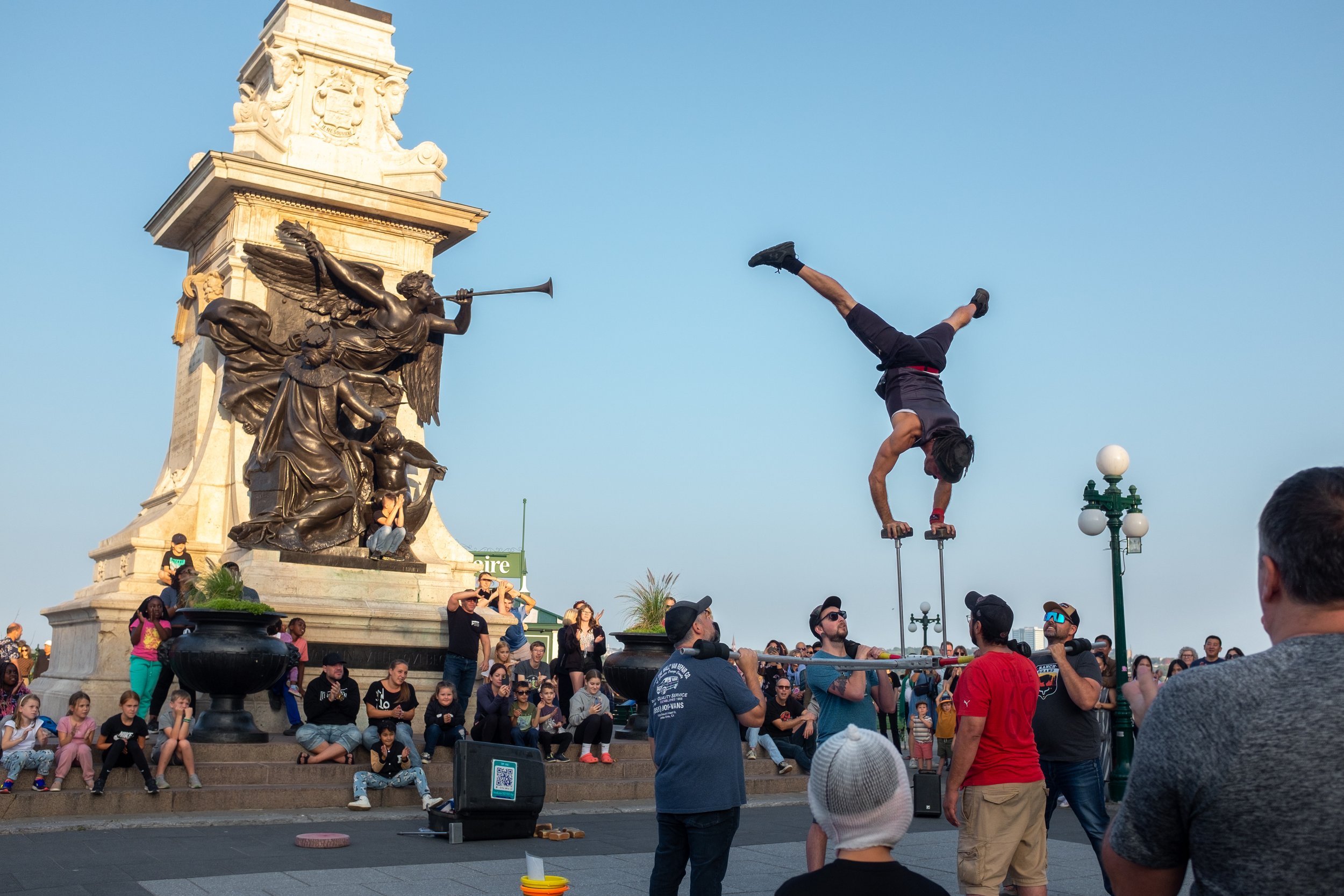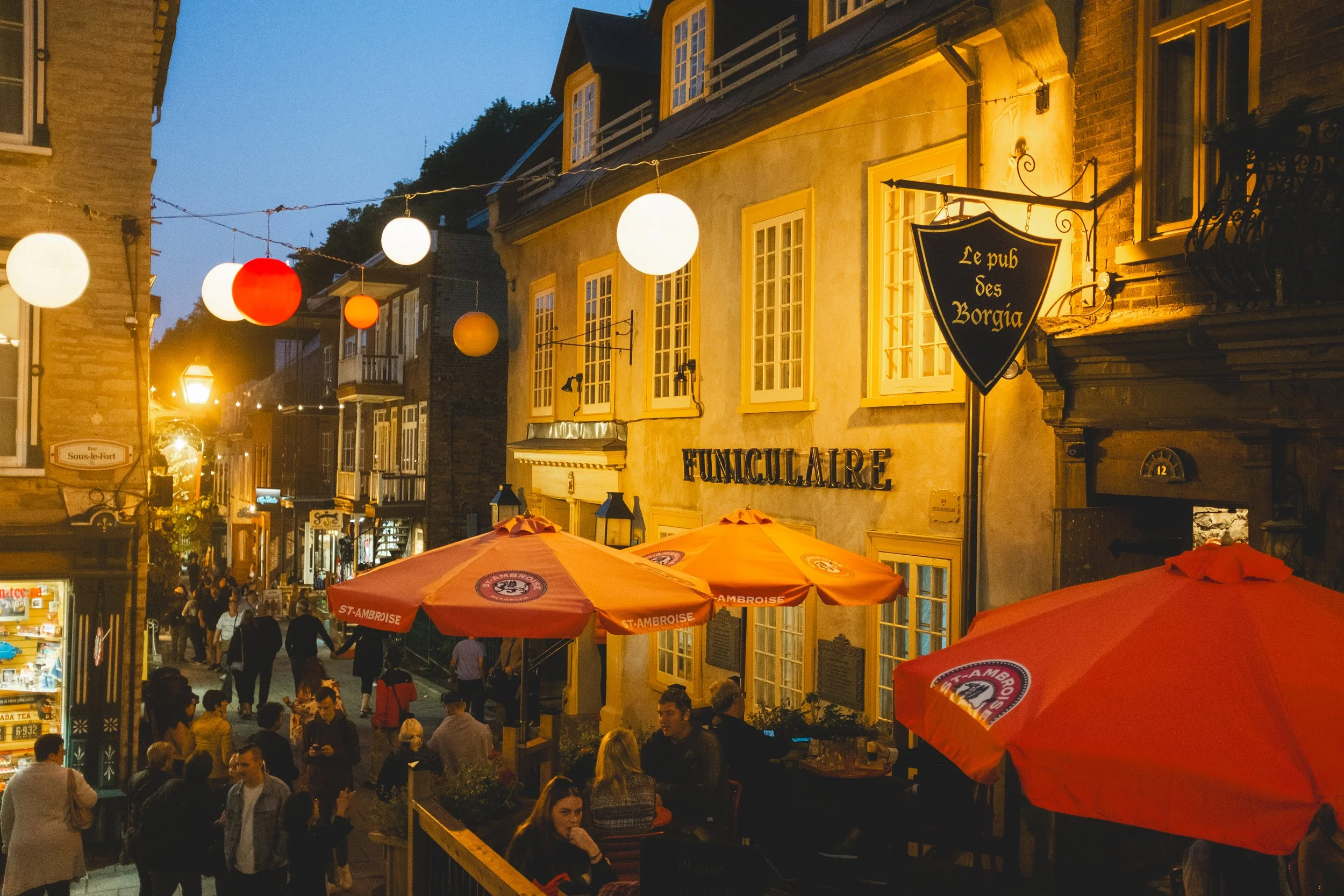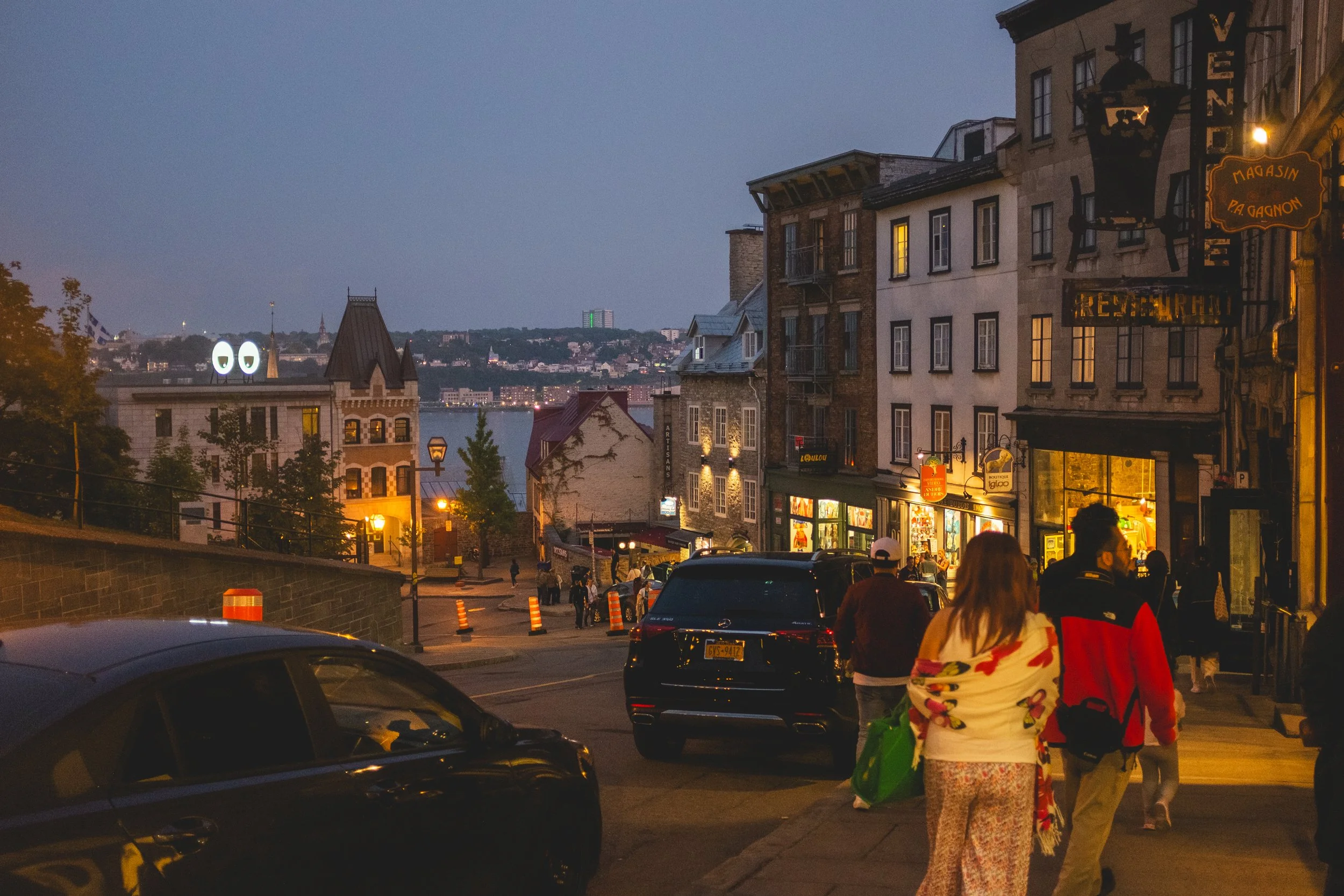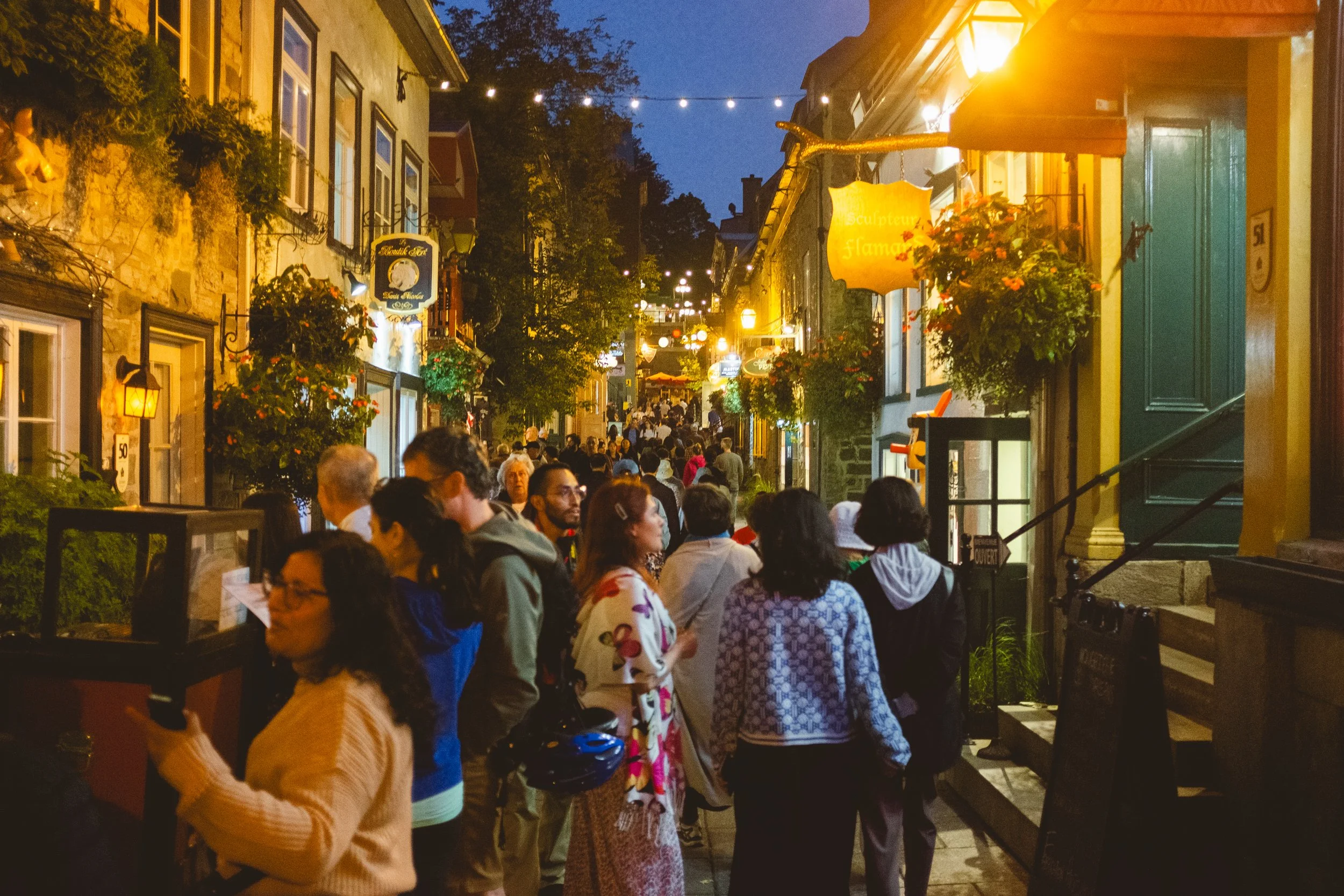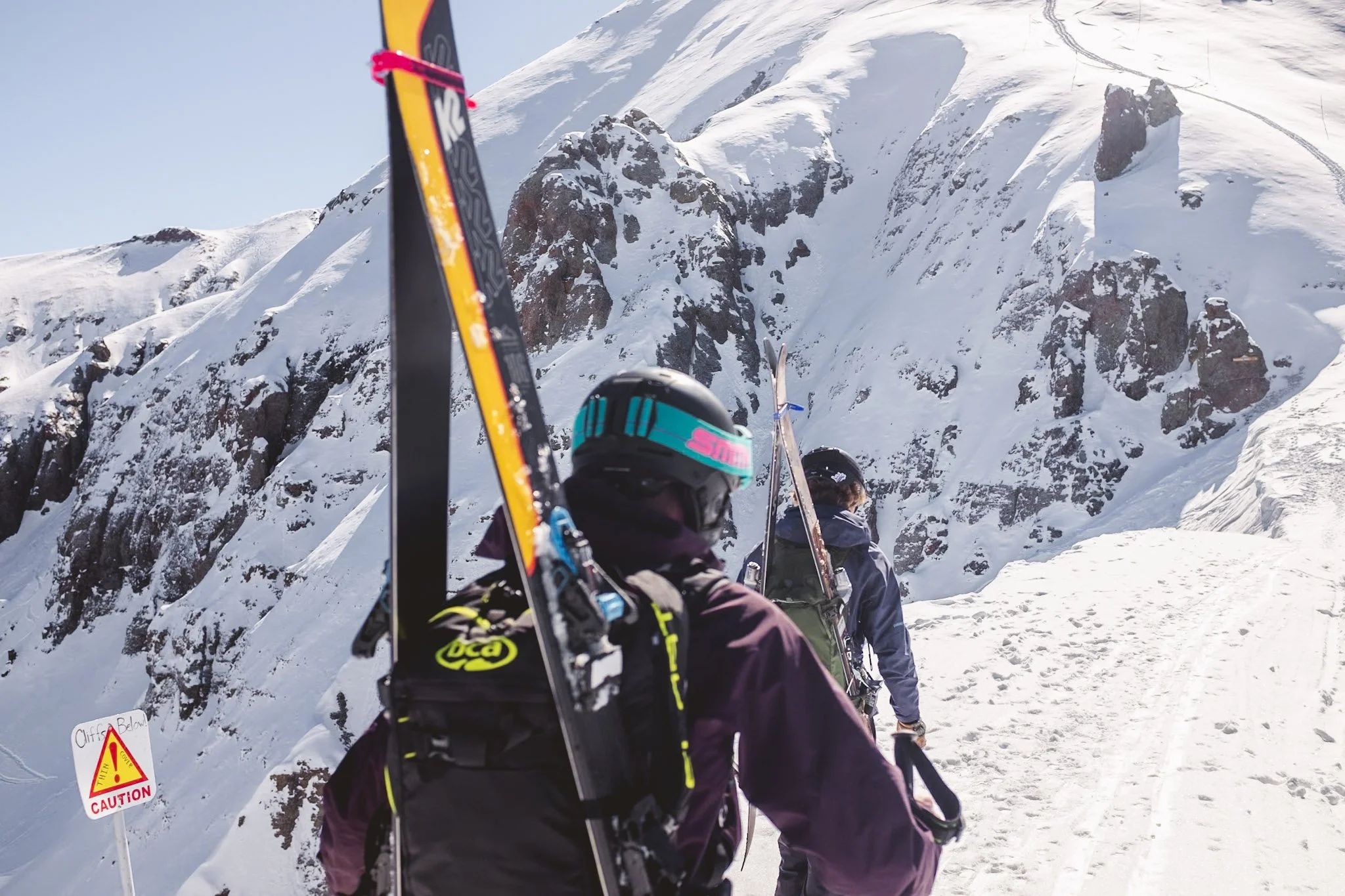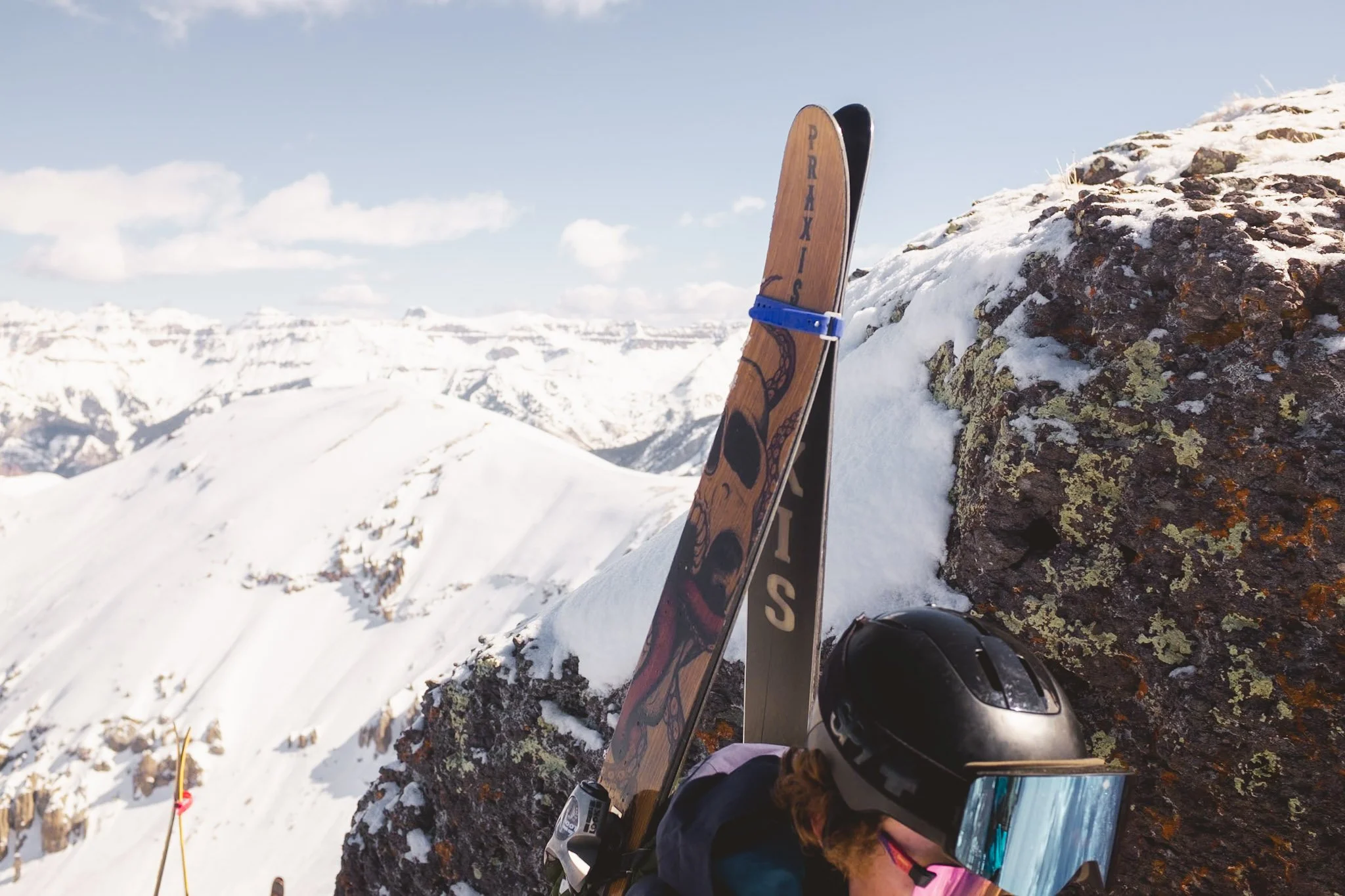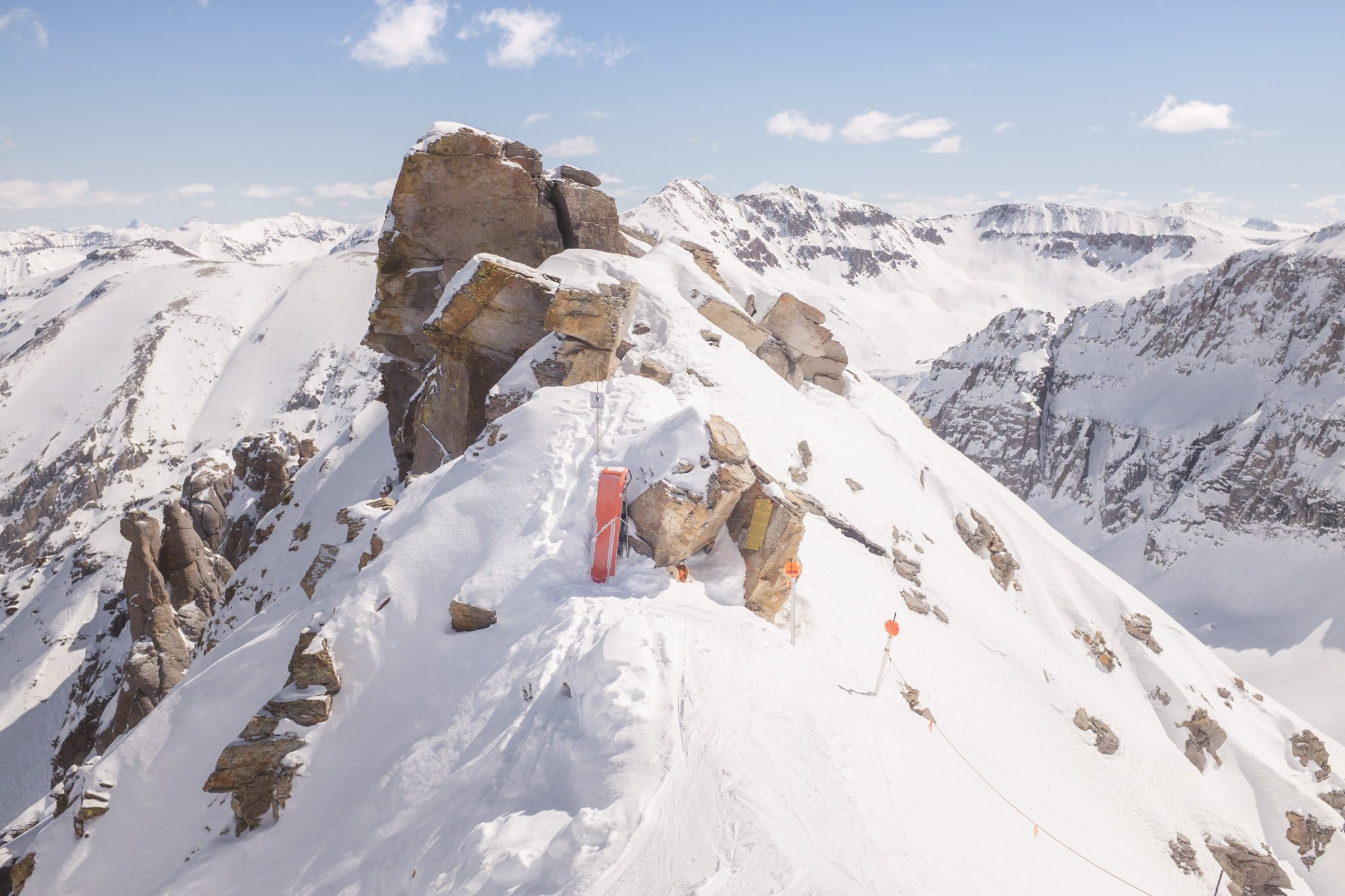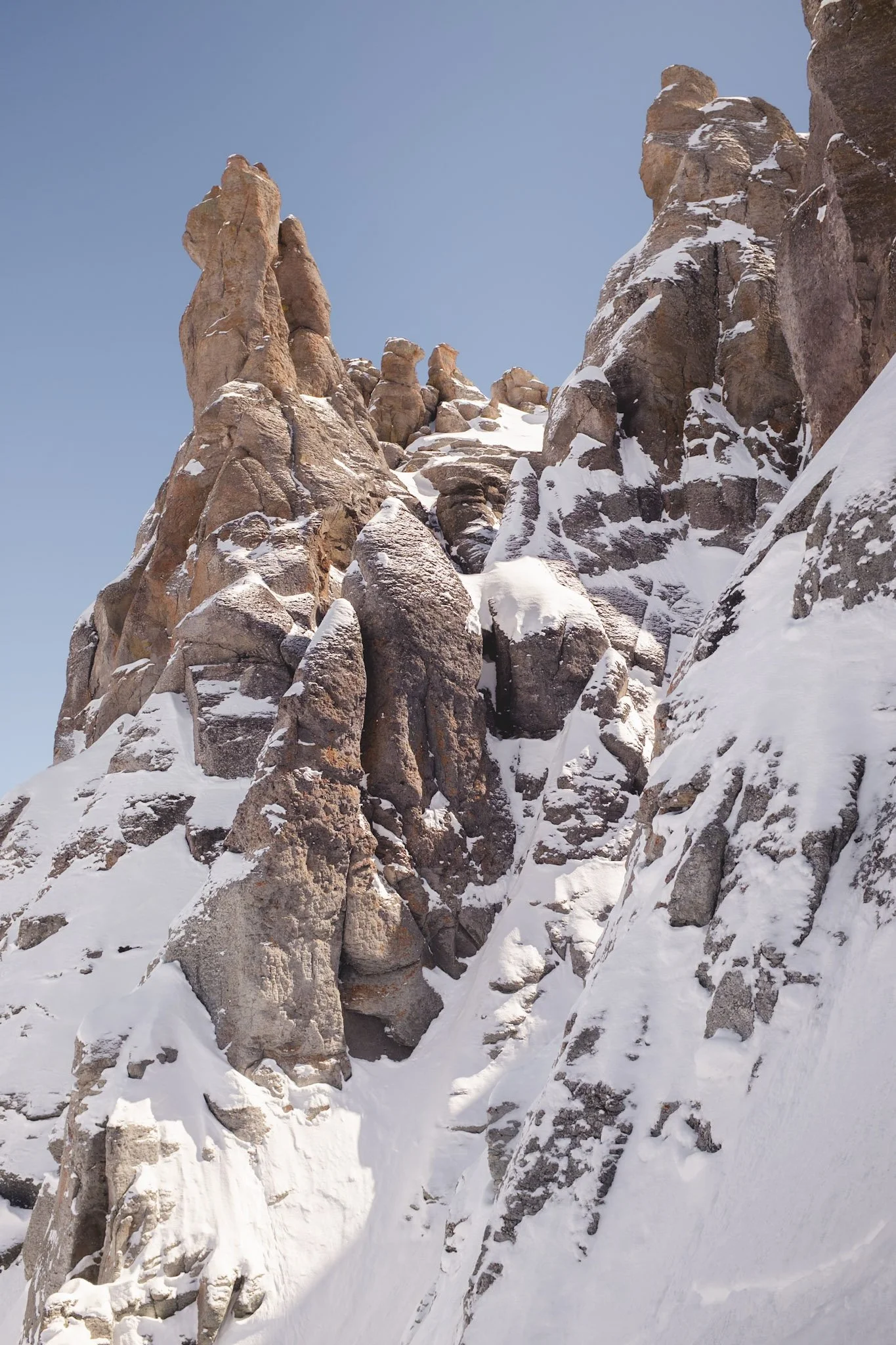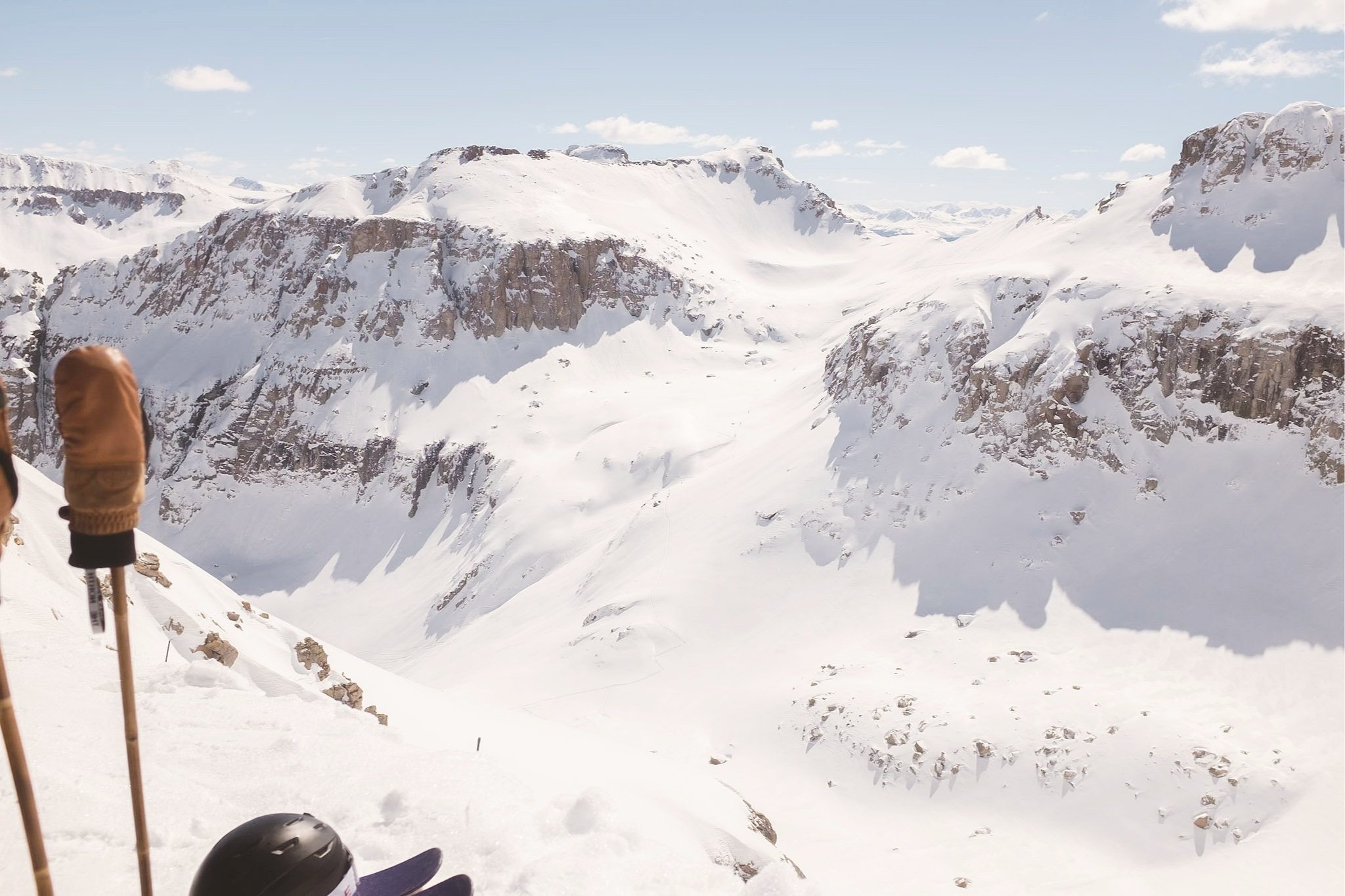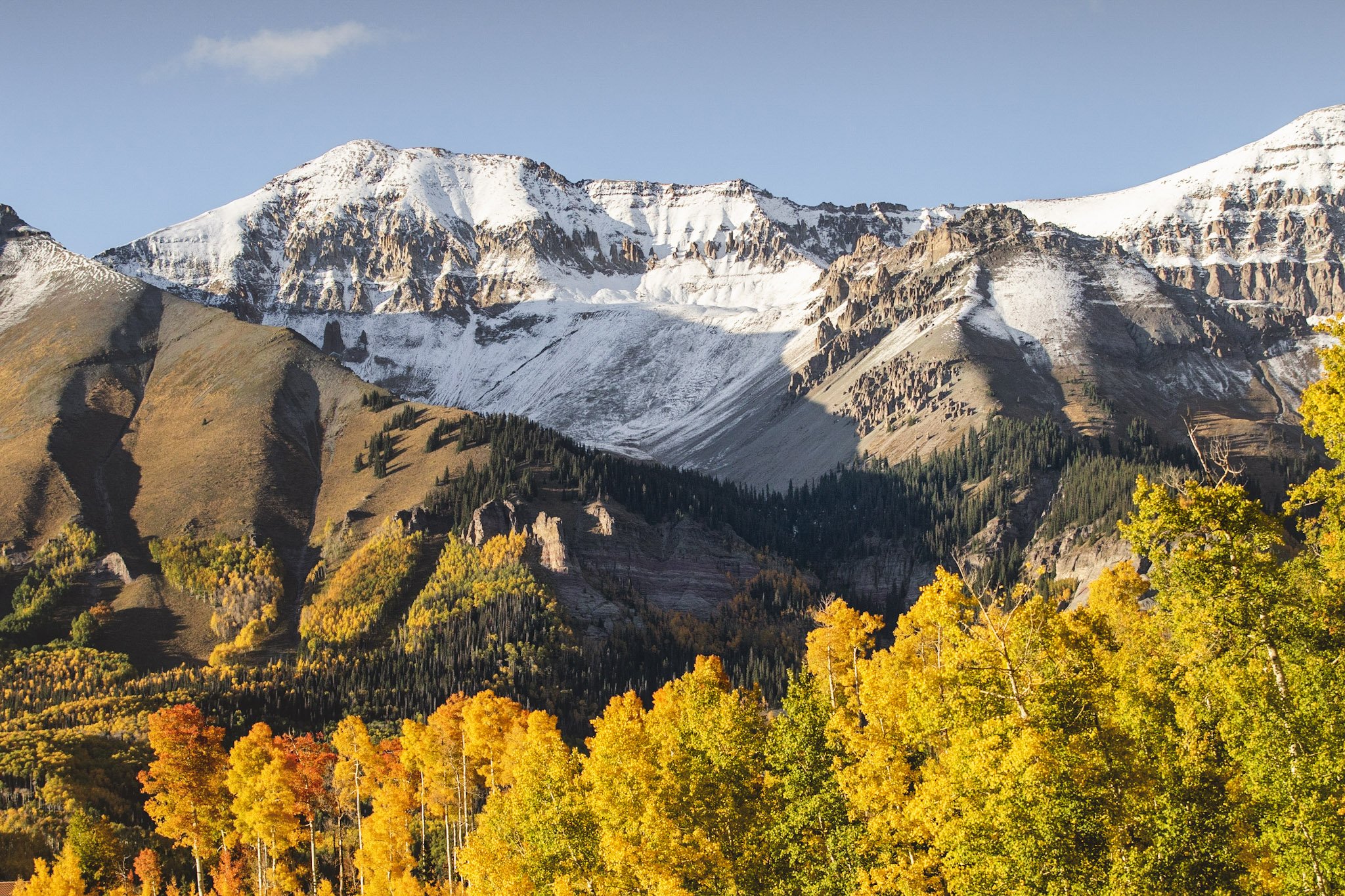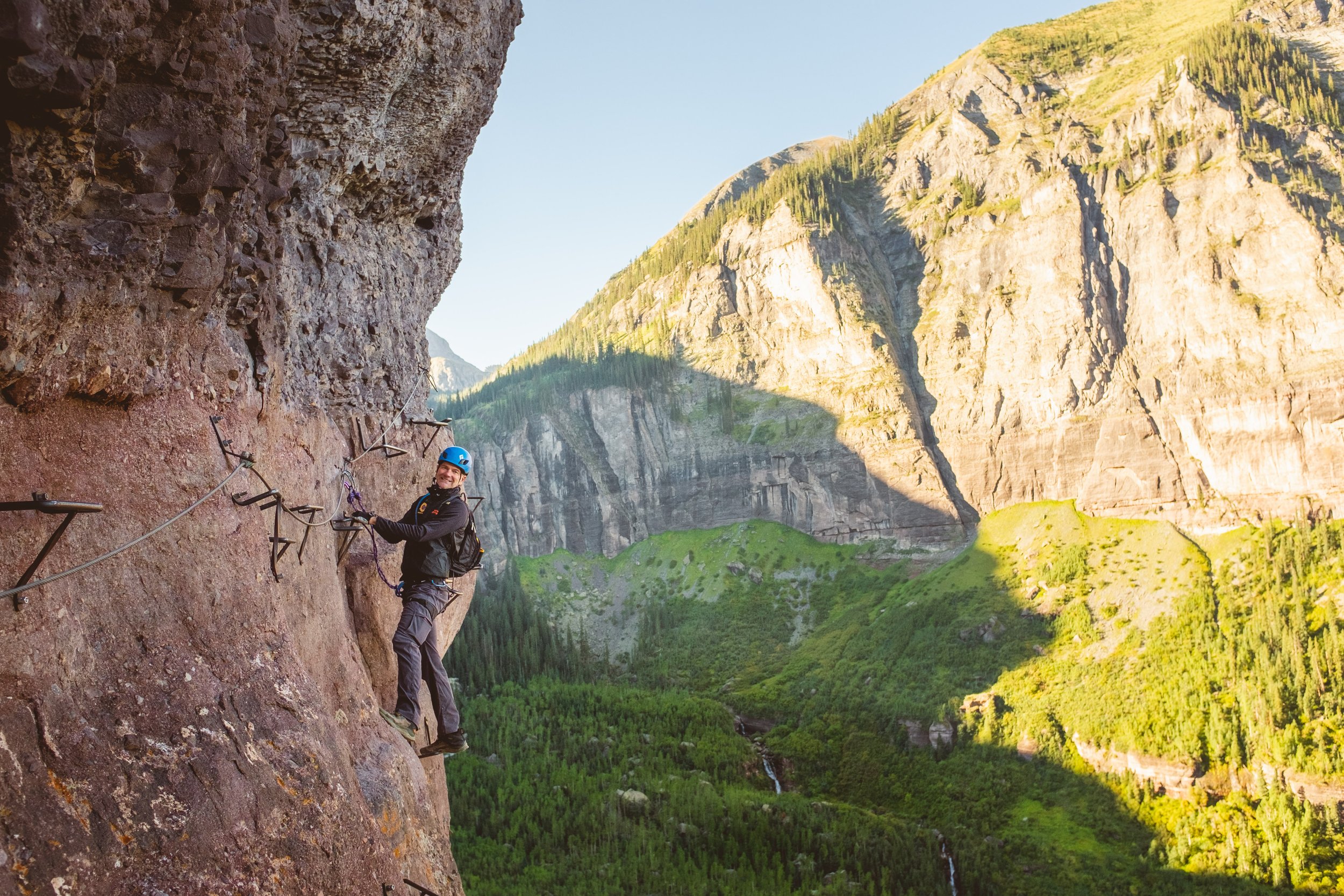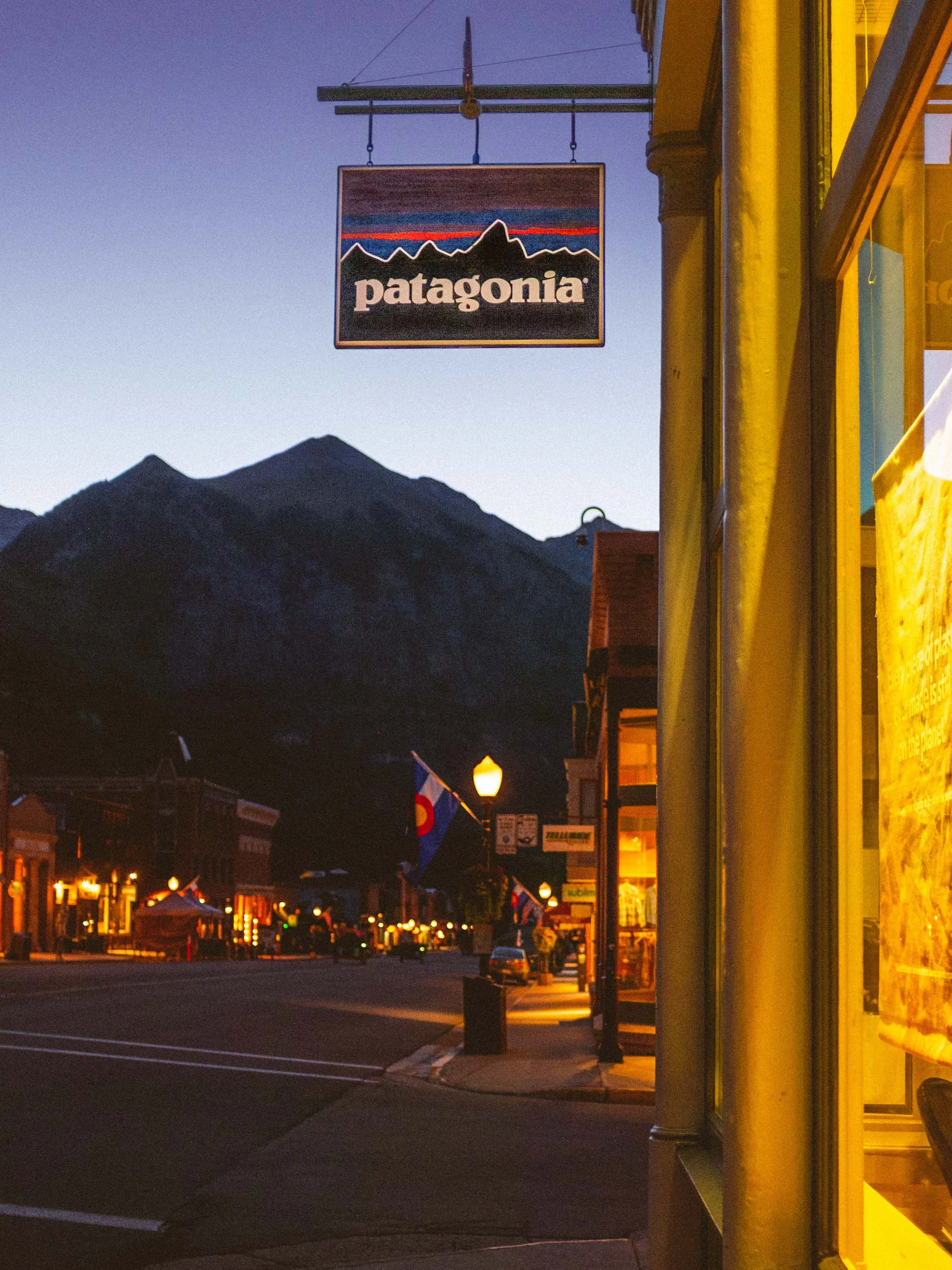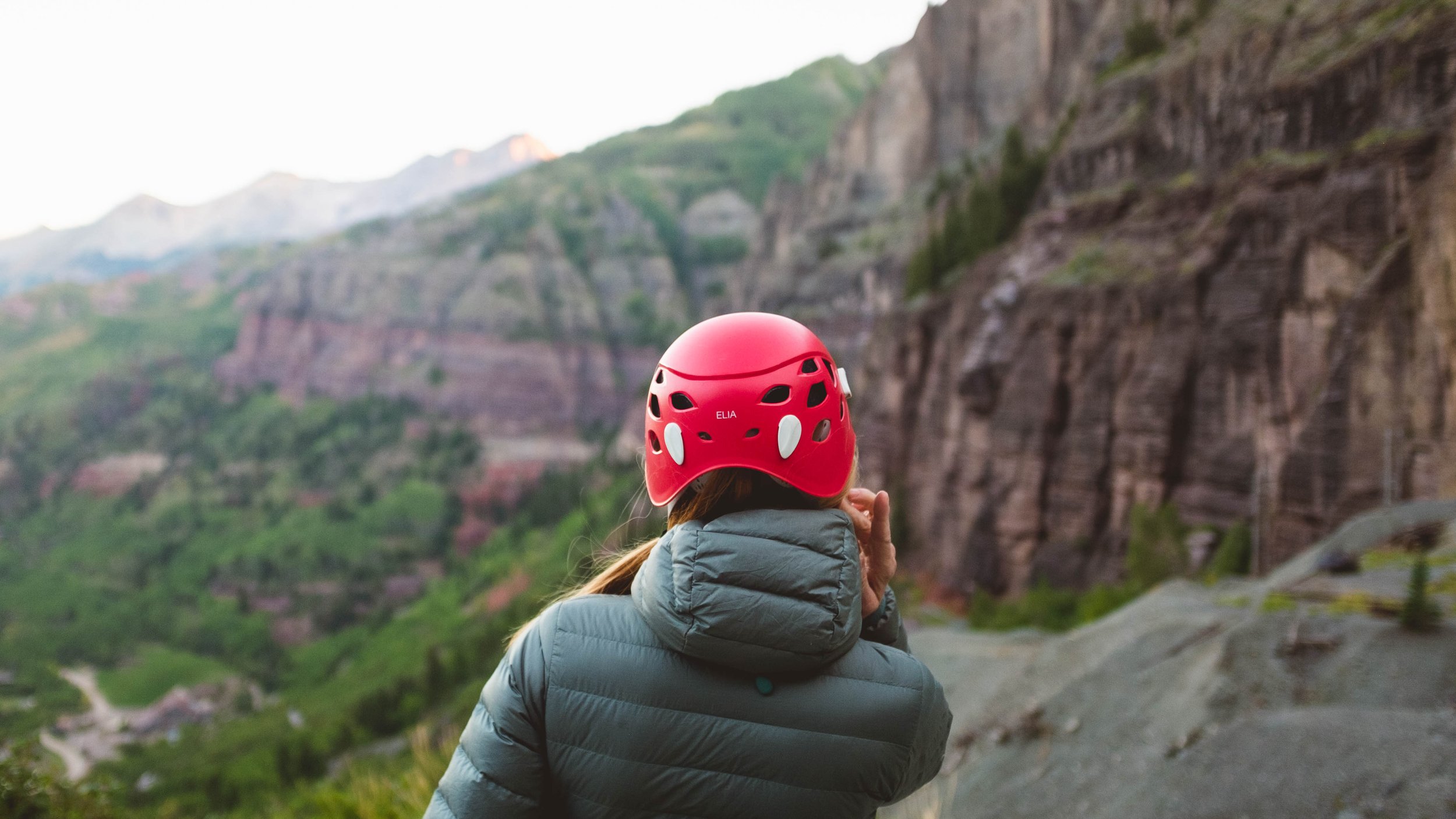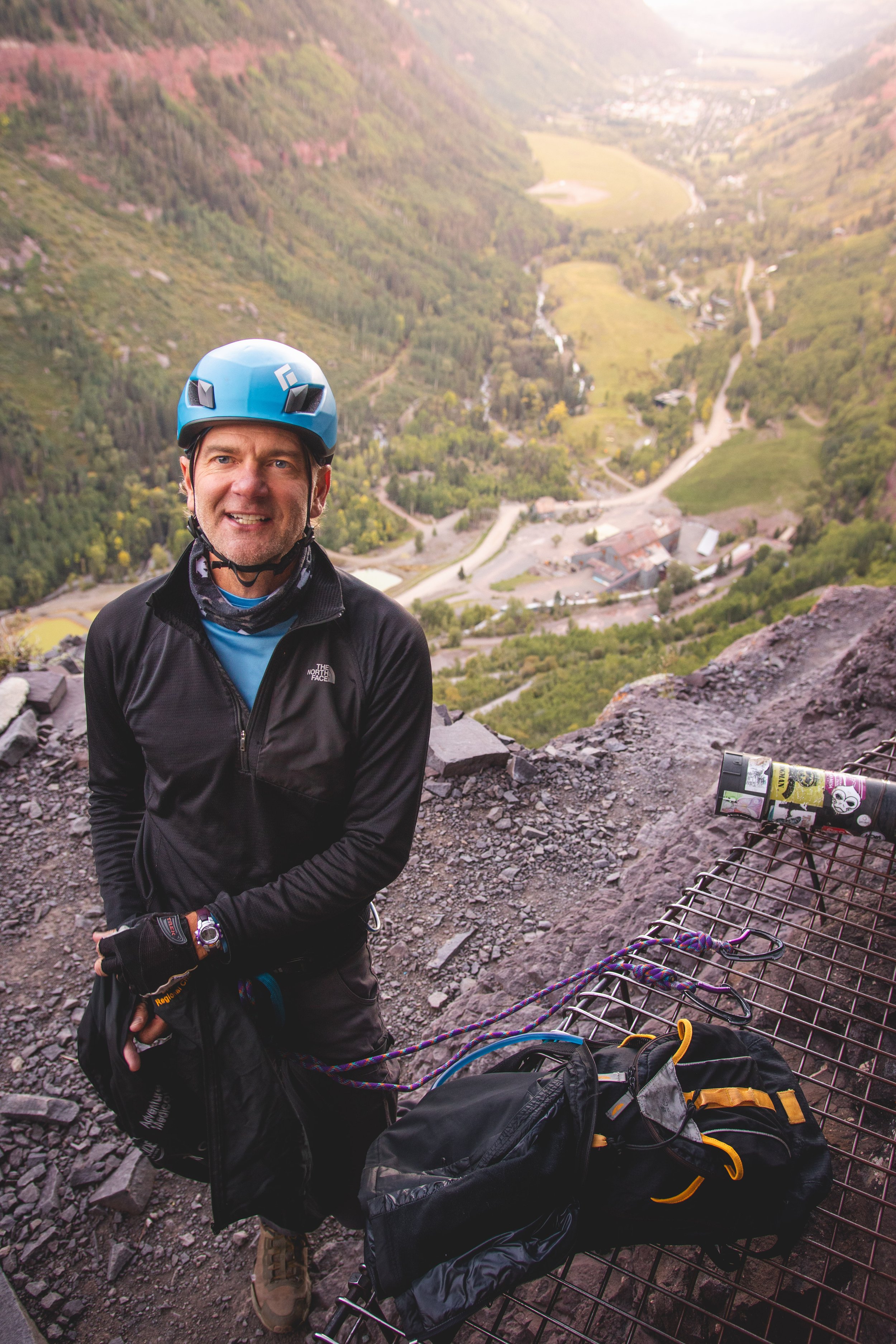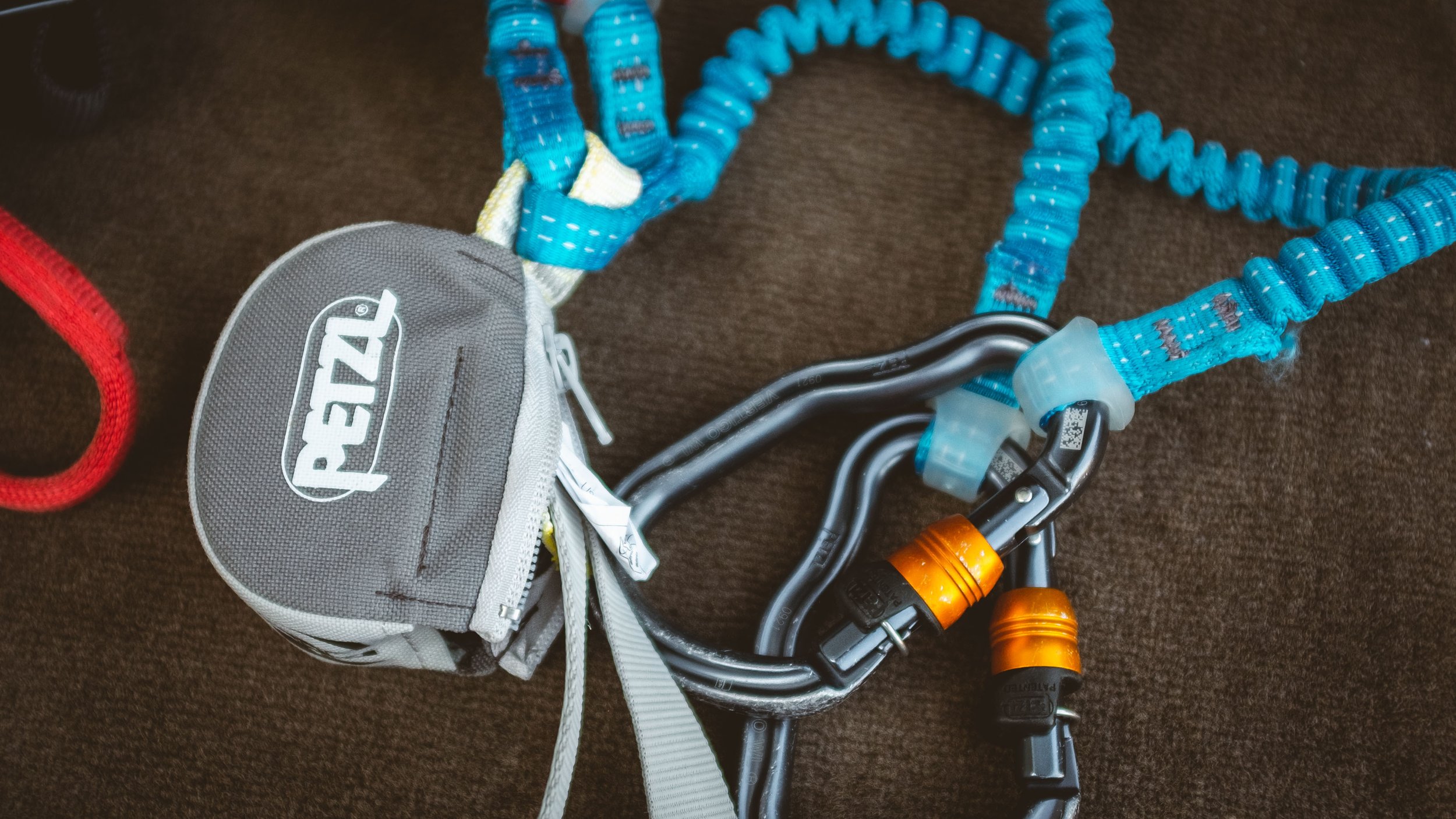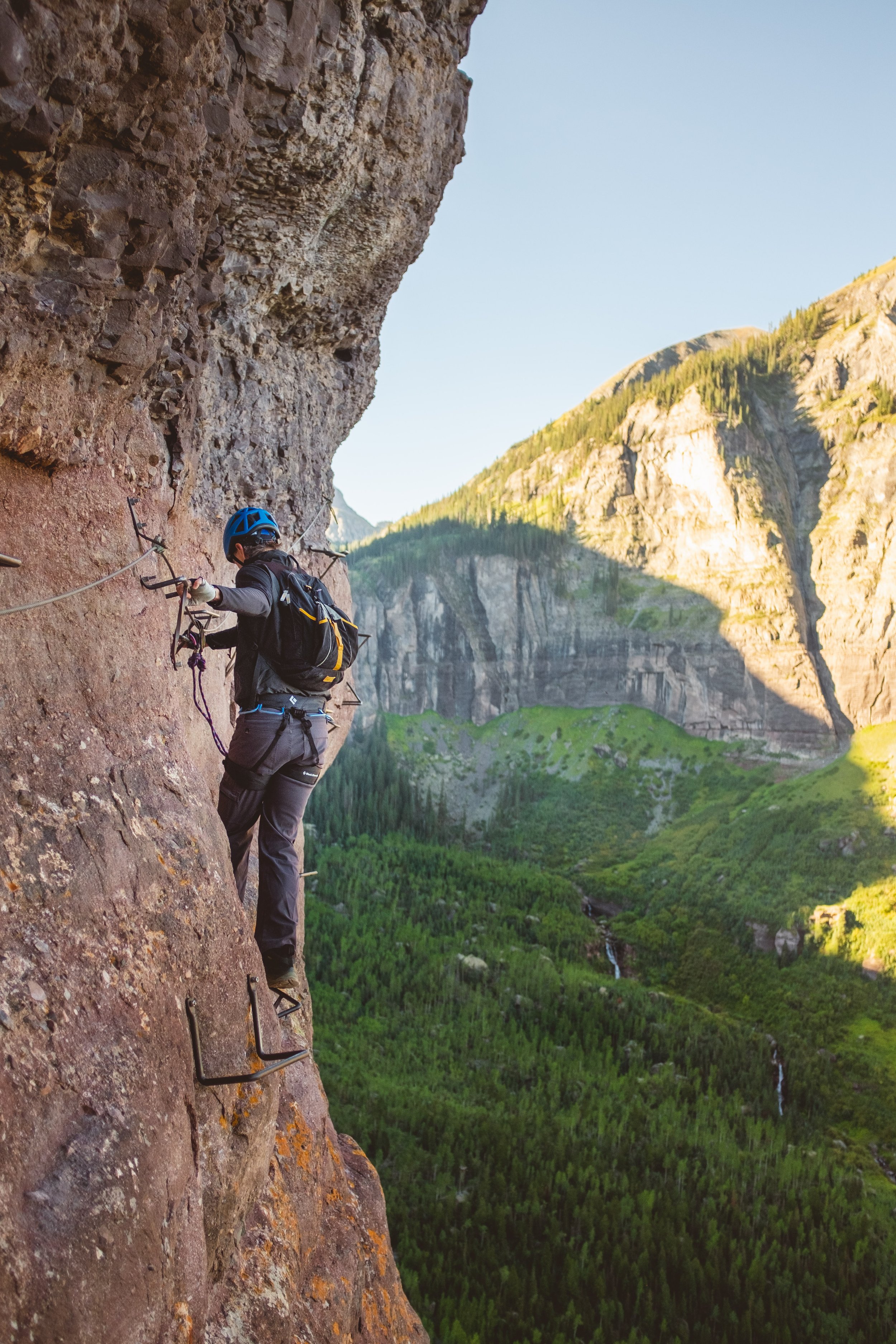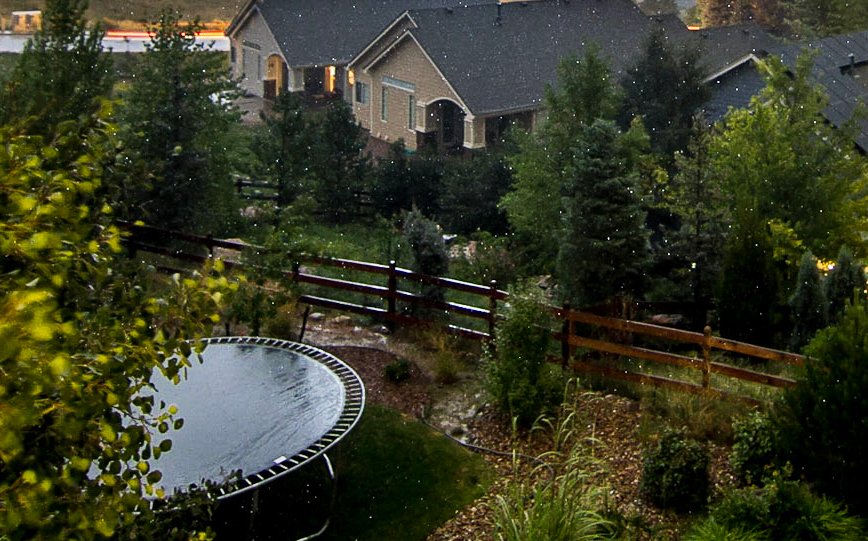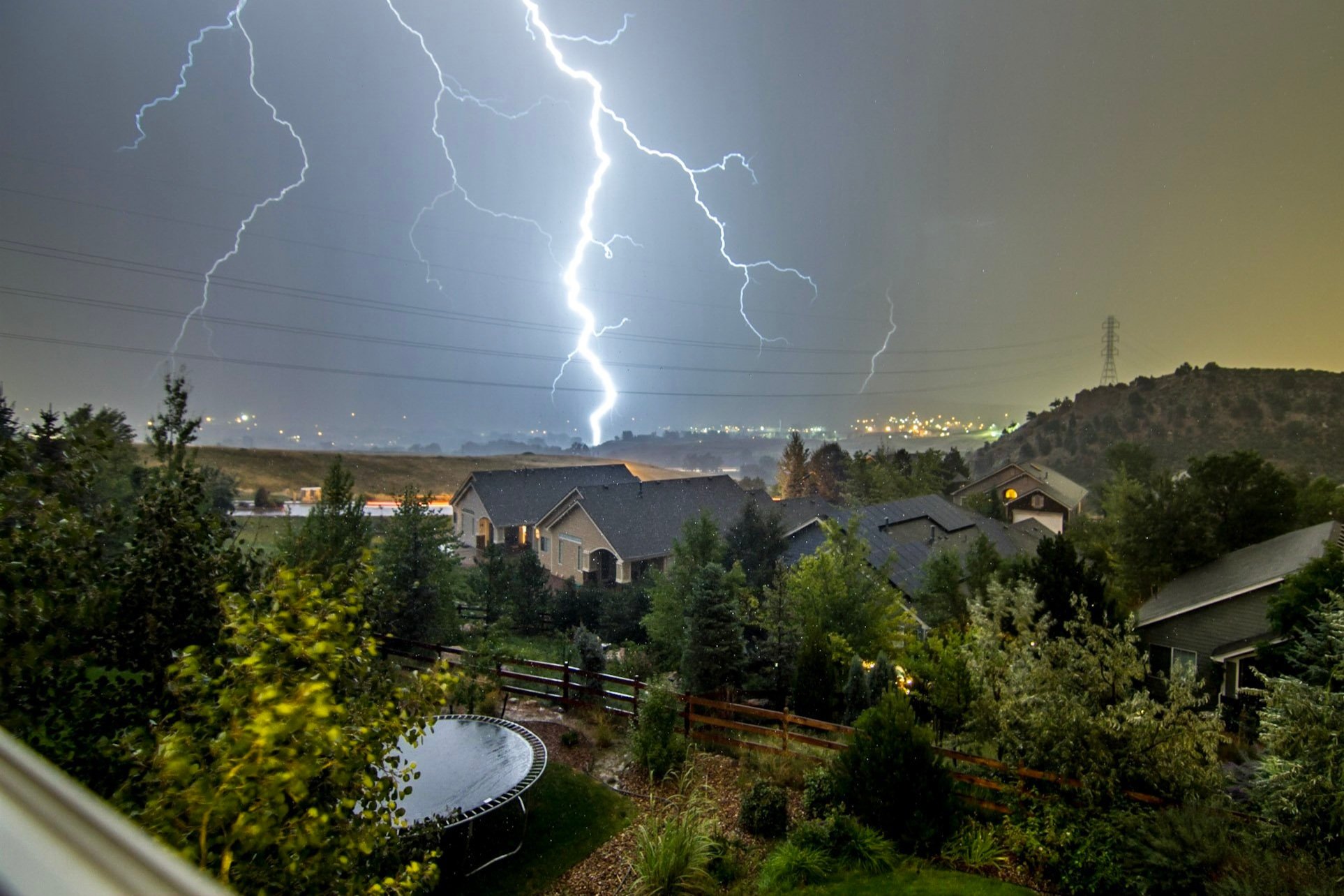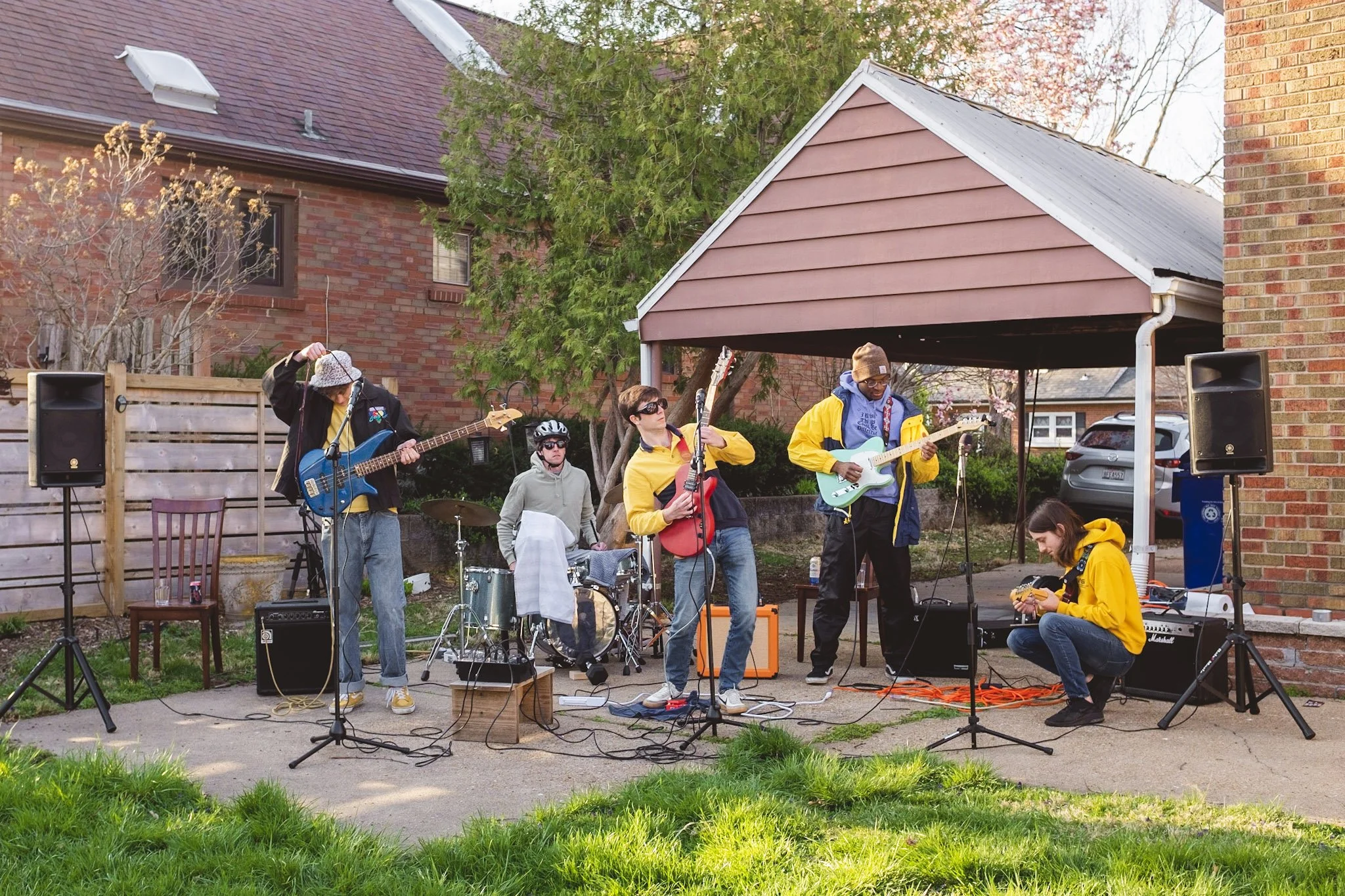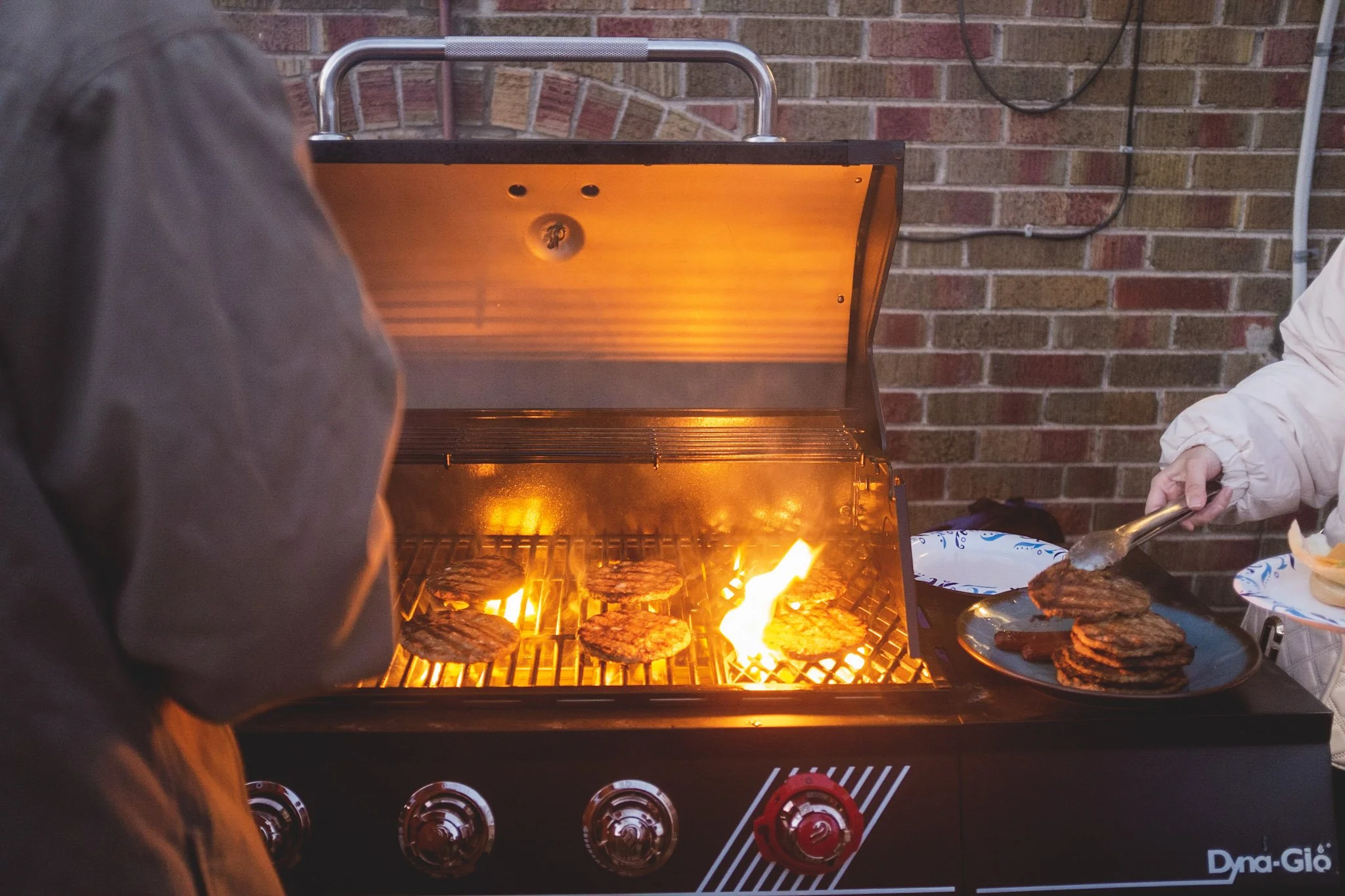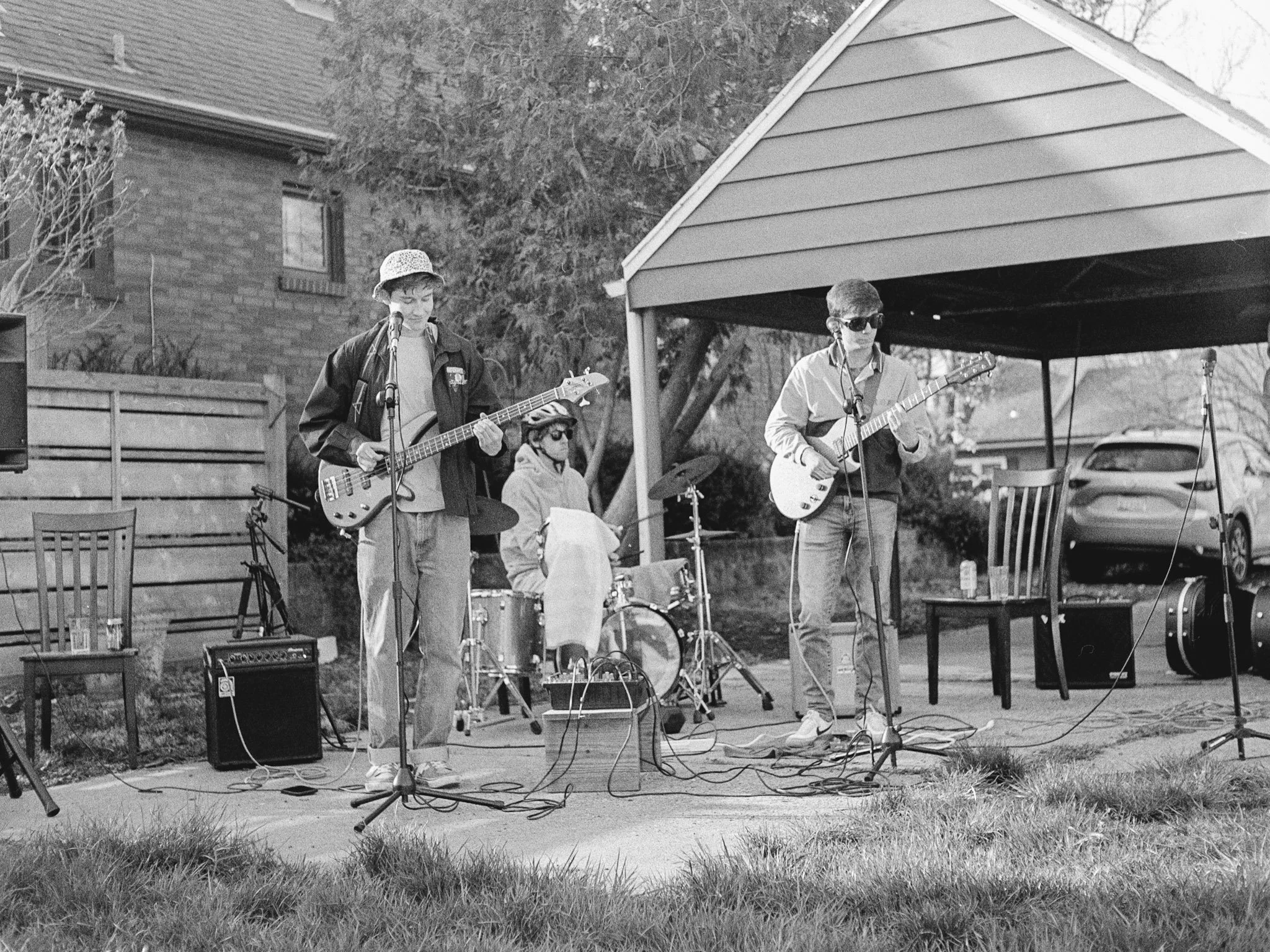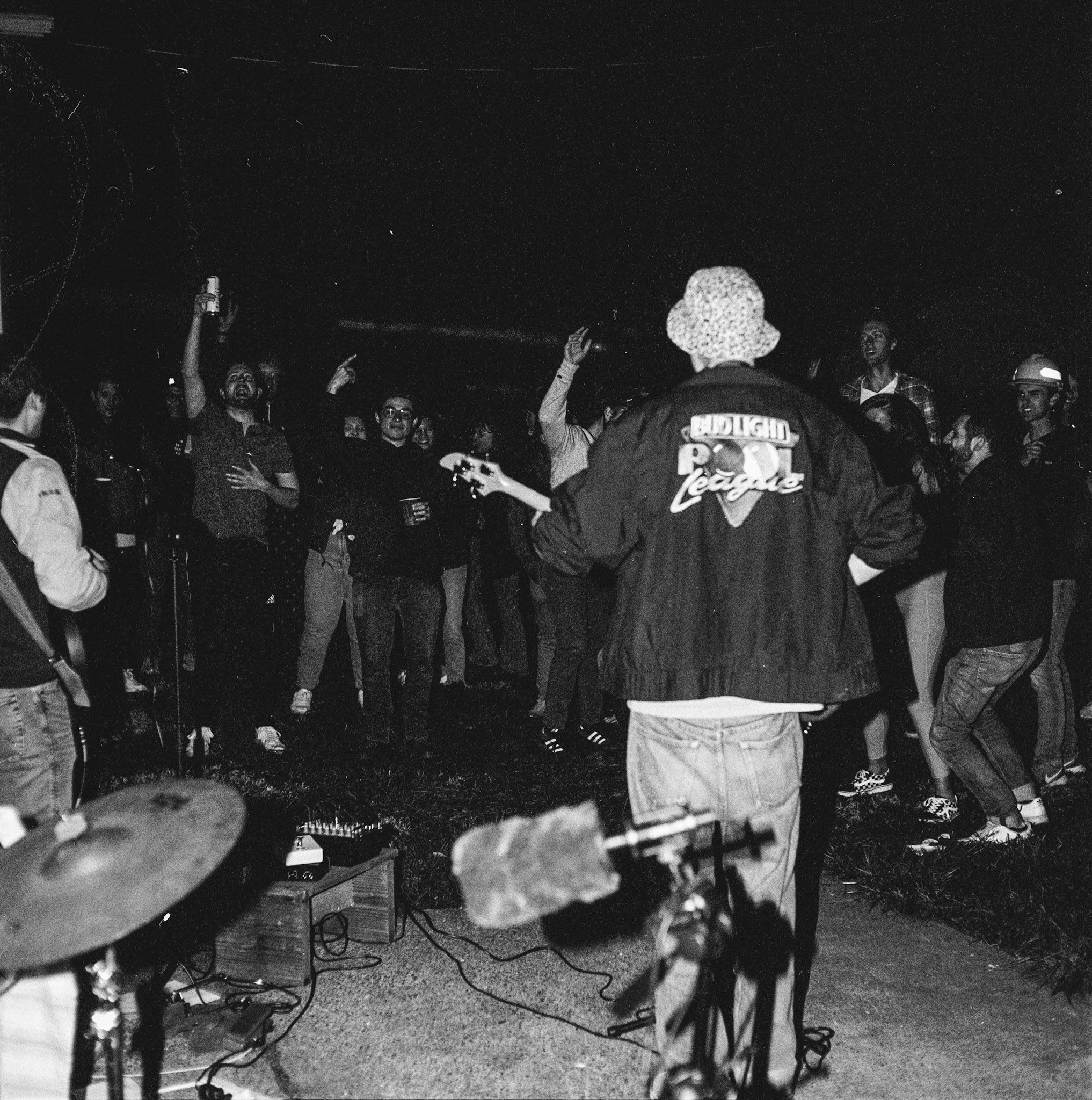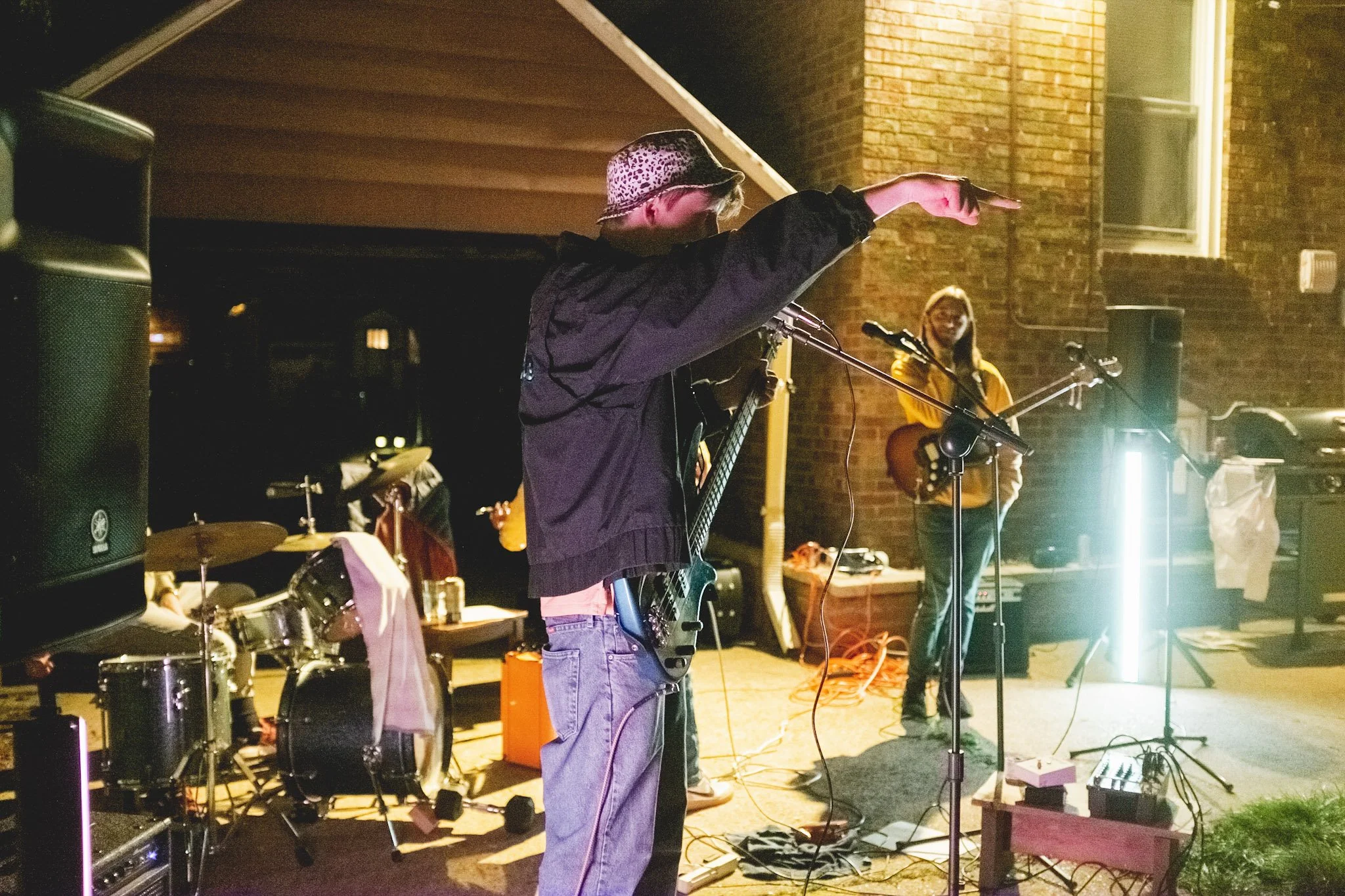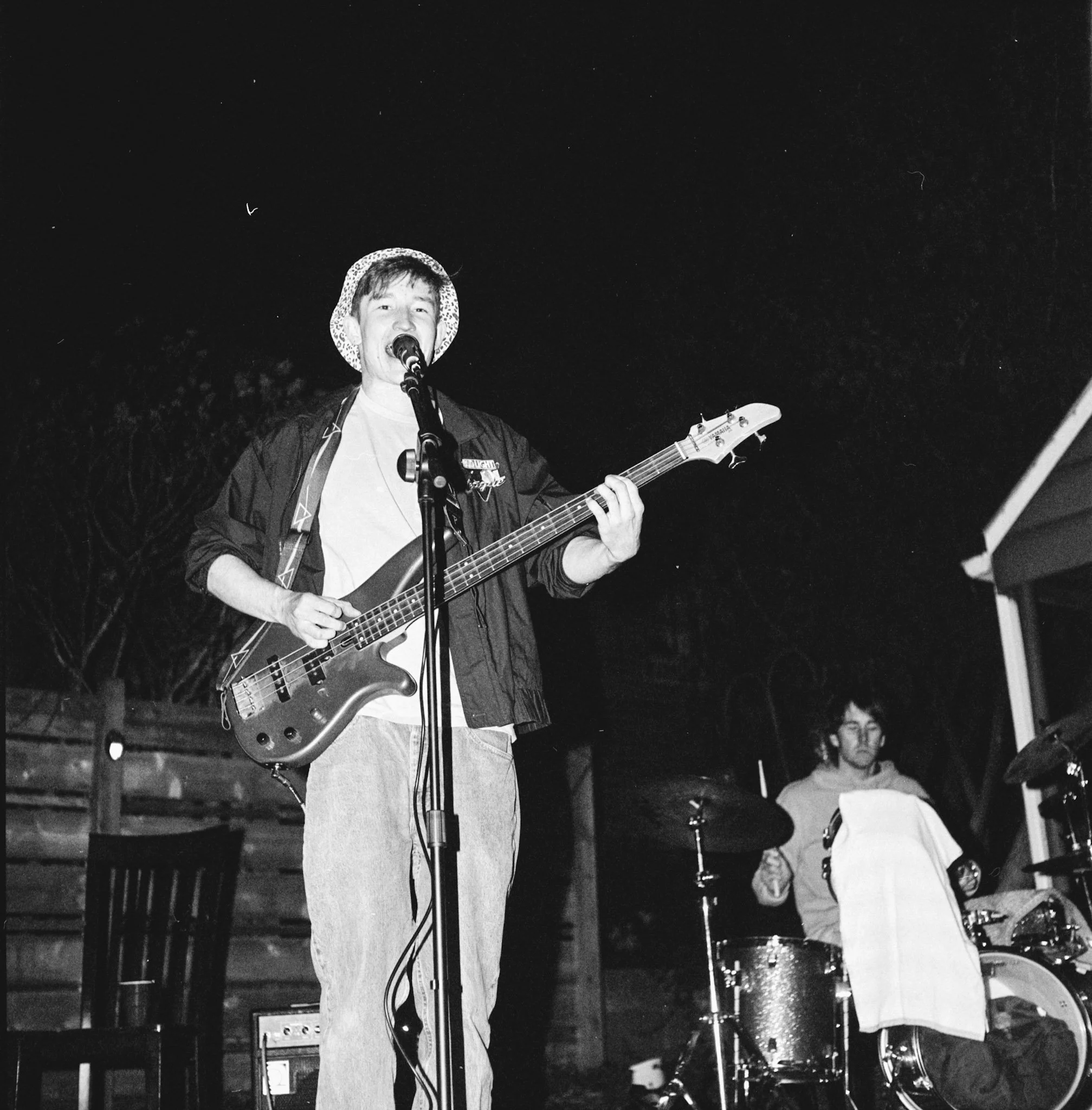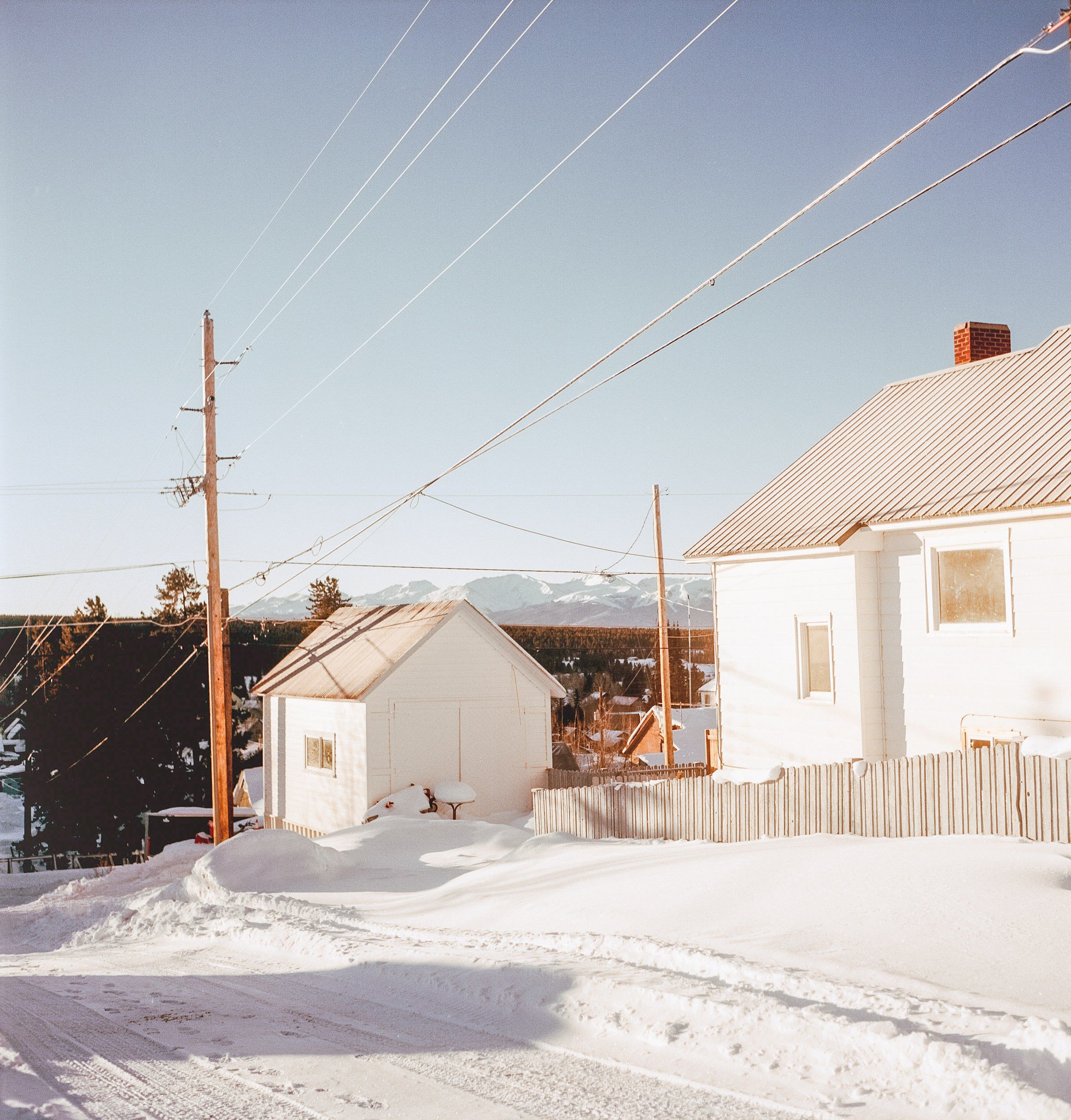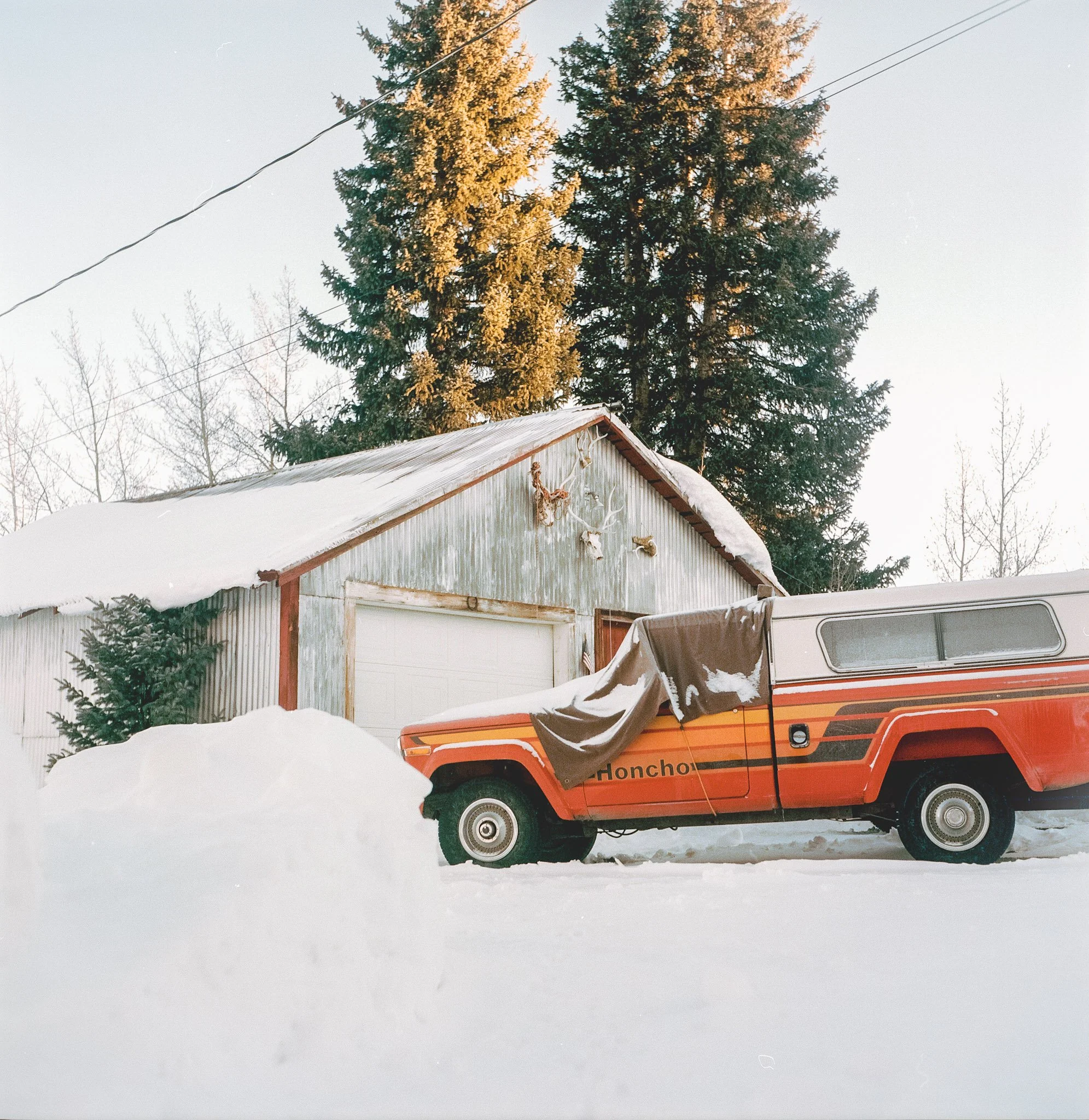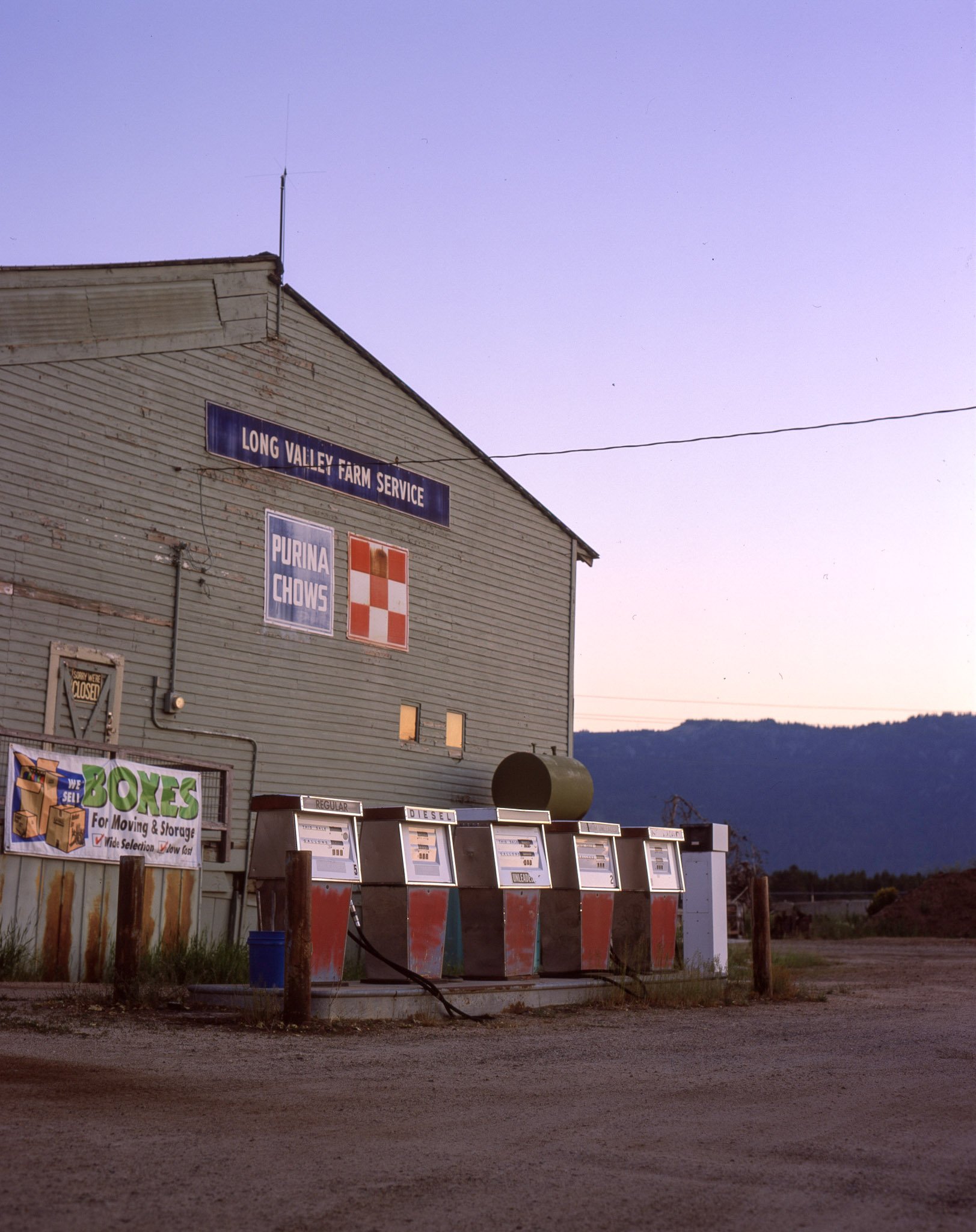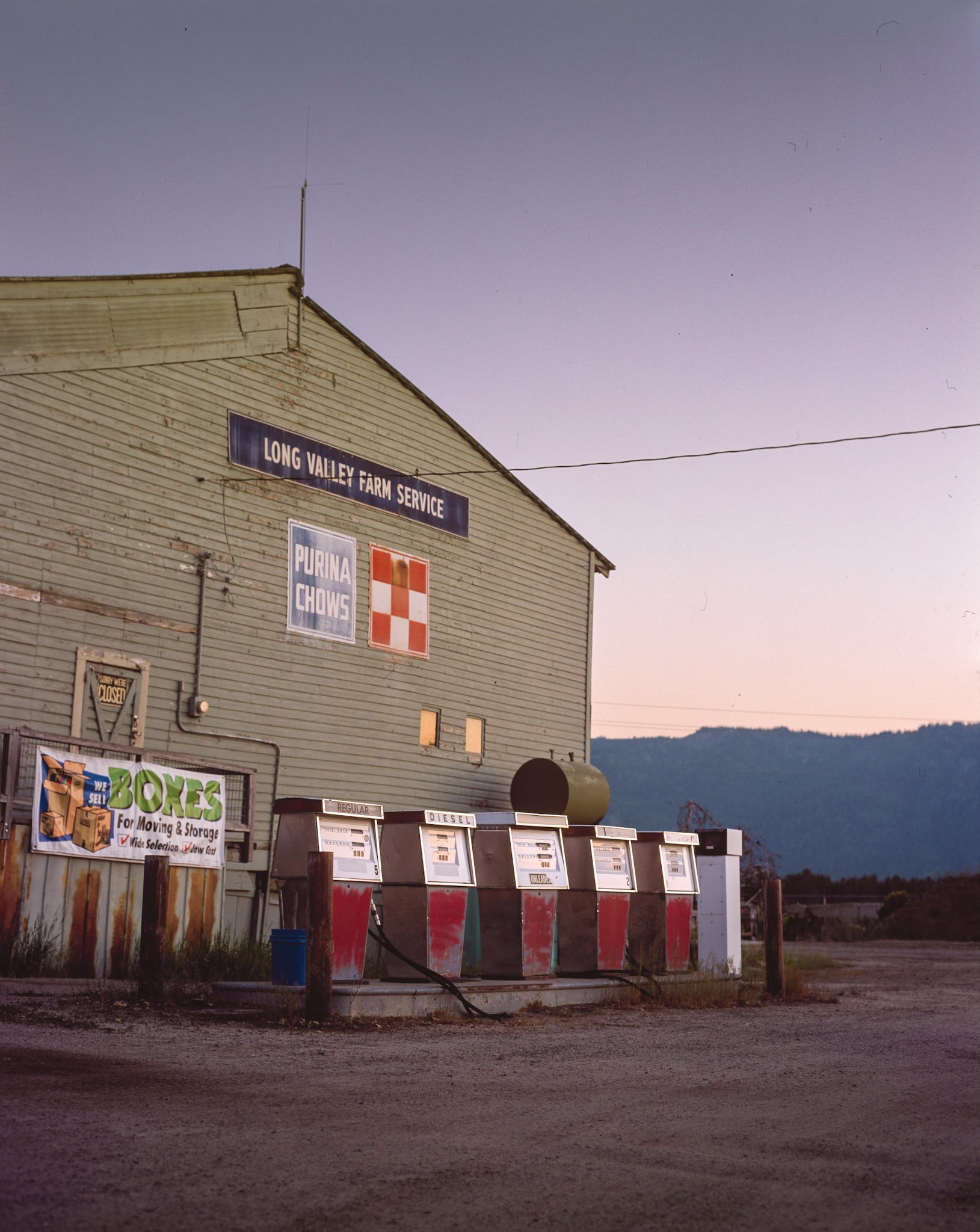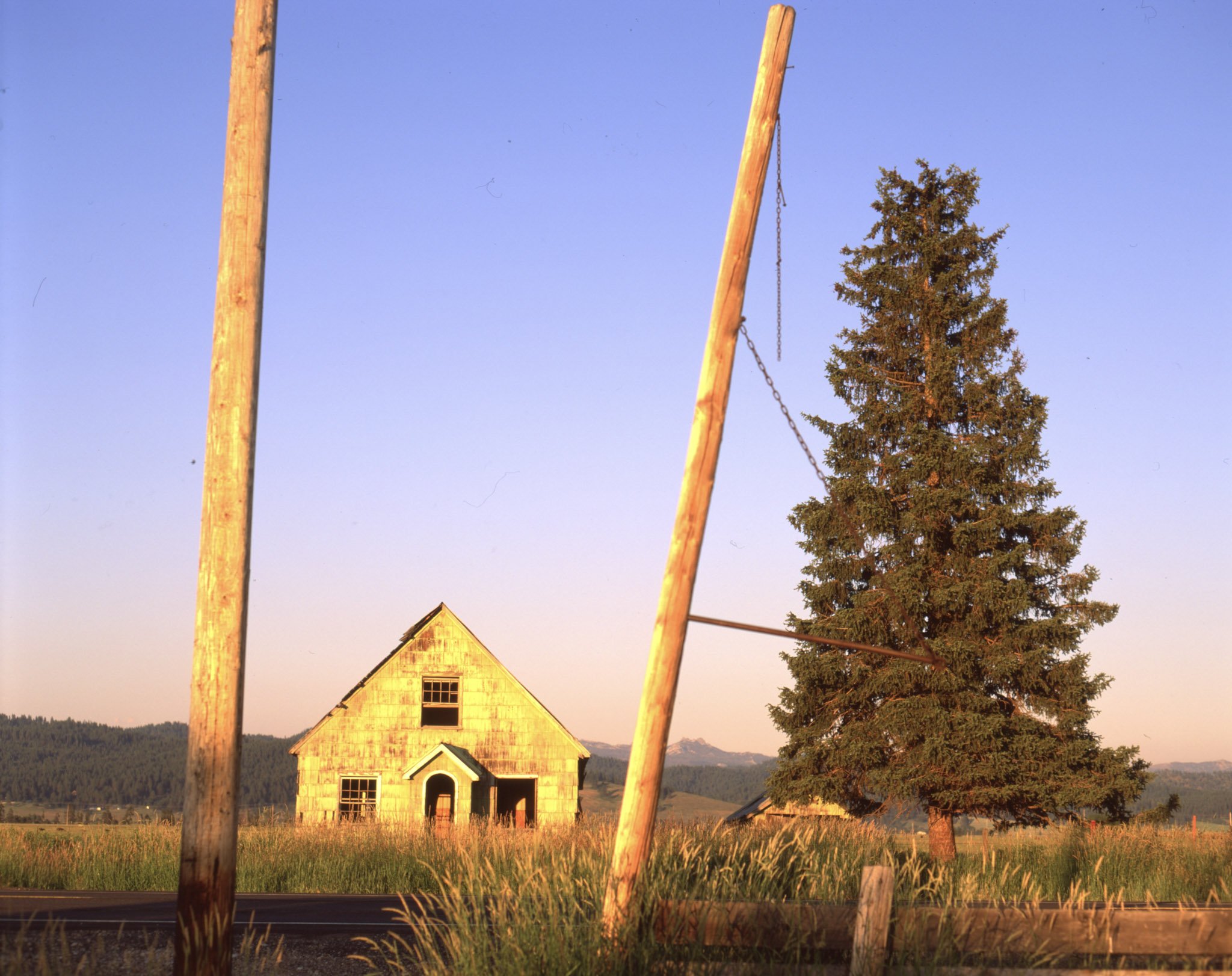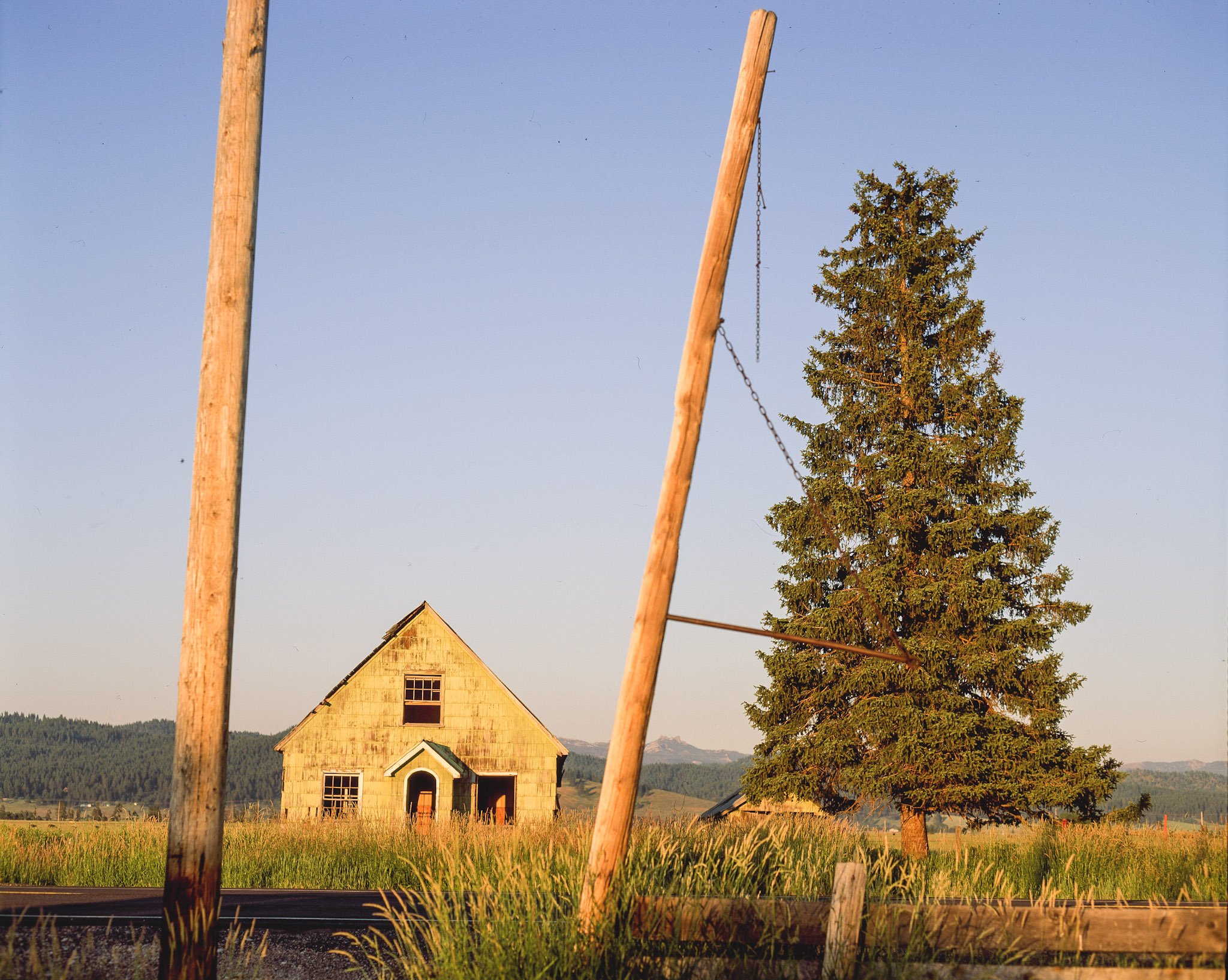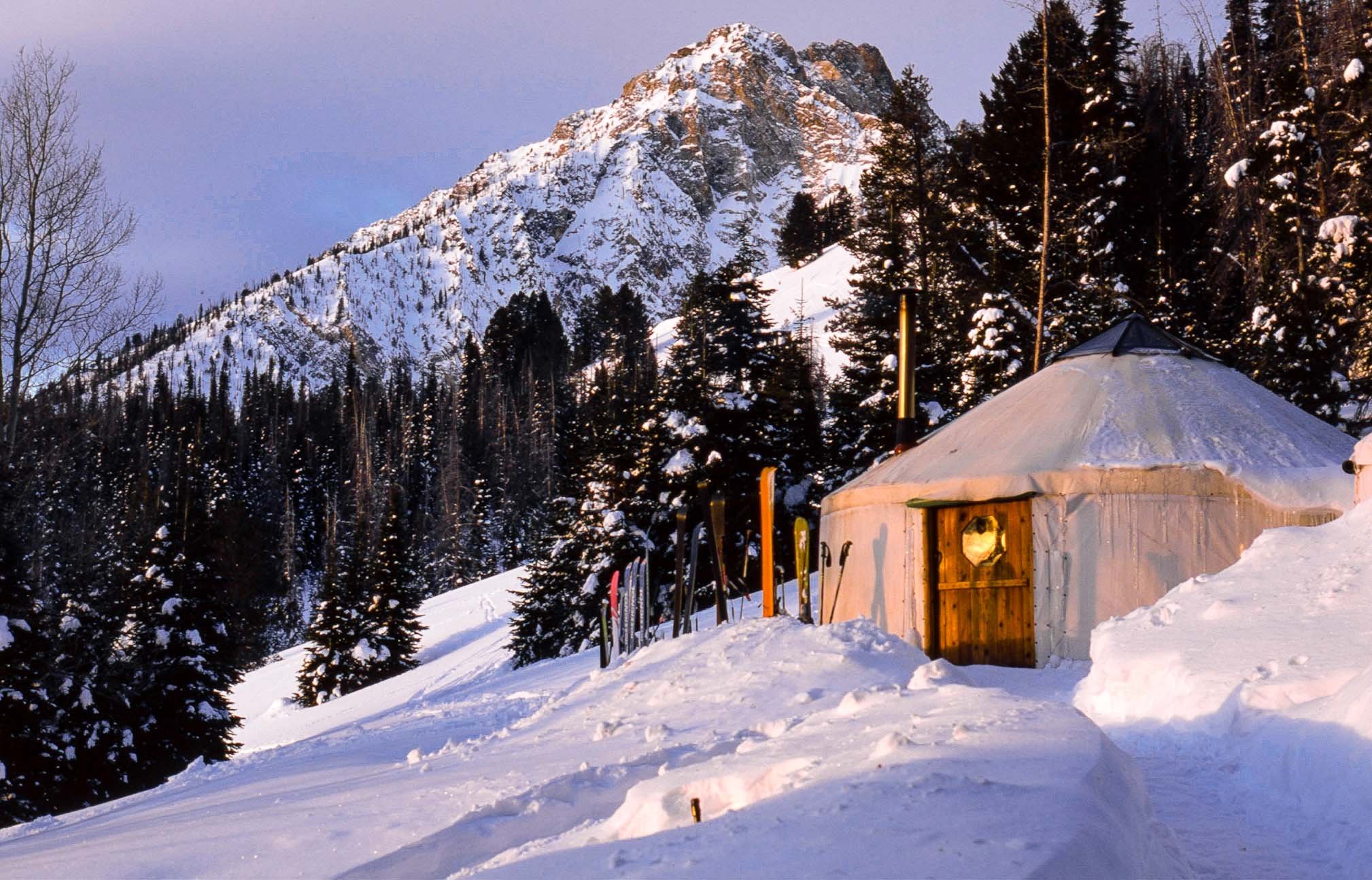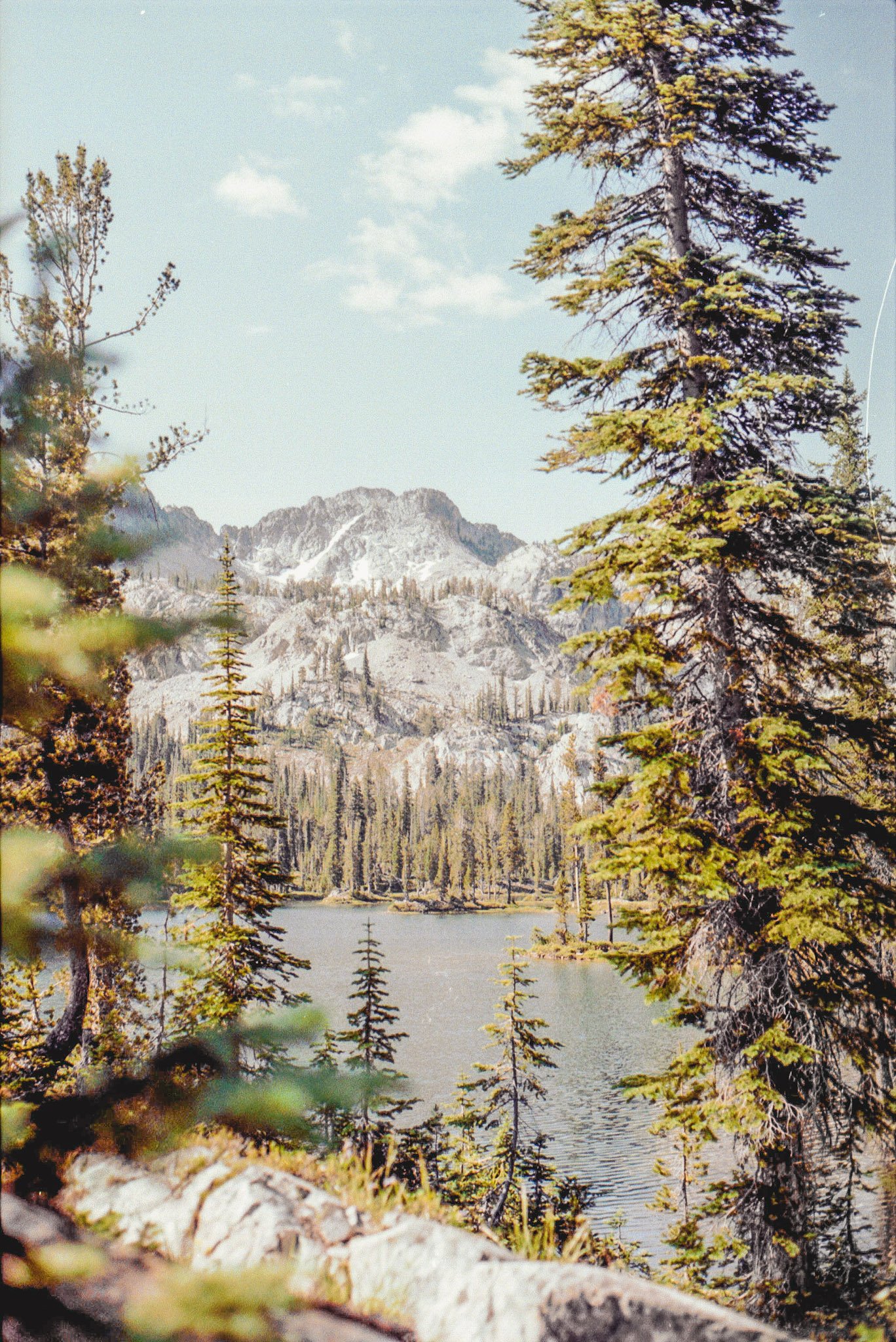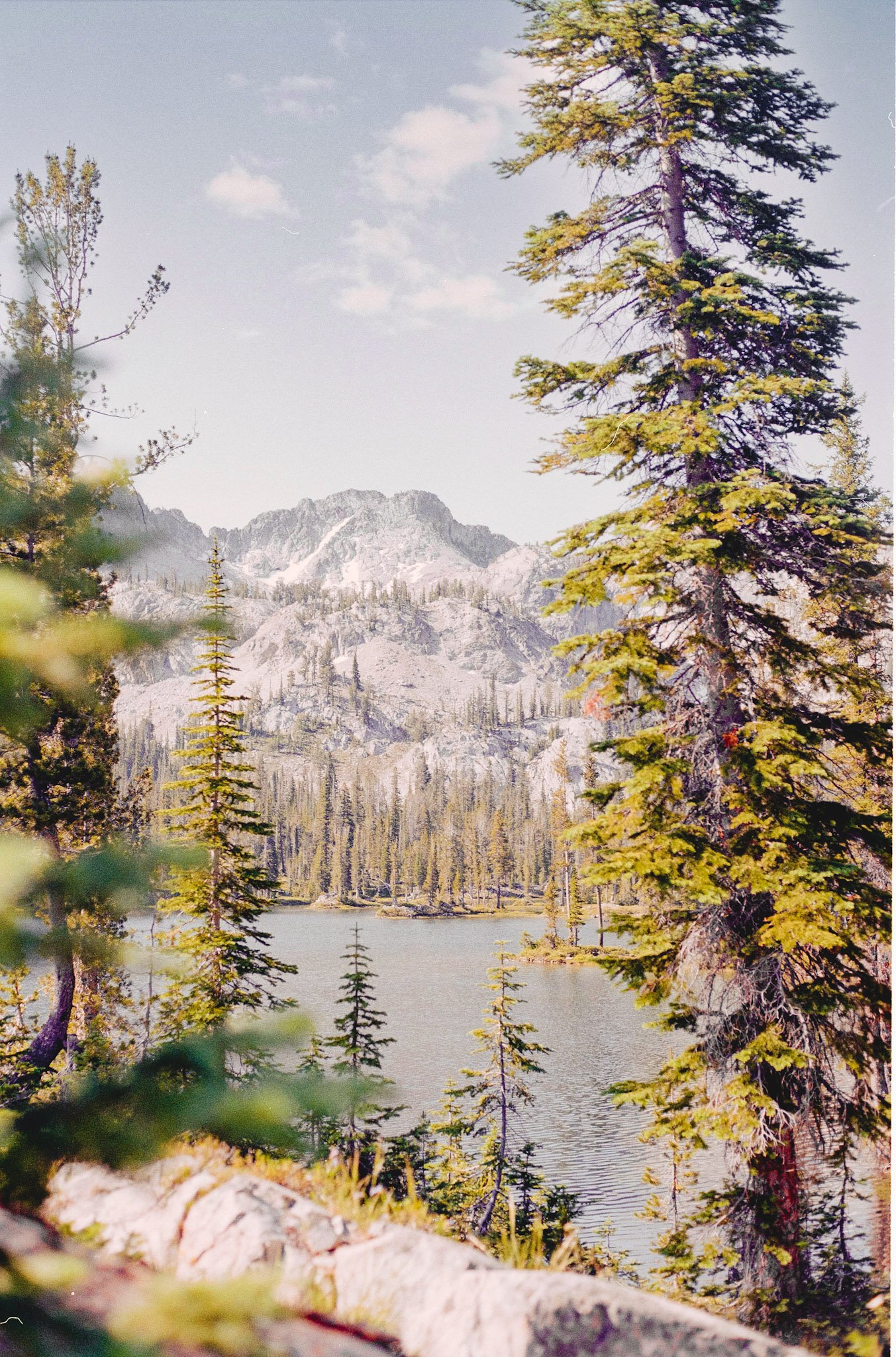I am definitely one of those people that is allergic to checking a bag. Too many times have I seen friends without clothes for two week in a foreign country or roommates questioning if they will ever see the other 1/2 of their clothes they packed from over winter break. Because of this I have gotten reasonably good at living extended periods out of just my LowePro Whistler Camera bag and a backpack that fits under my seat - both basically ensure that I will never have to check a bag again. (For those who don’t know when the plane is “full” and they “have to check all carry ons from now on” they only mean wheeled bags, bags with backpack straps will get you past the gate without having to check it) This strategy does mean that I need to be efficient with space and need to really pay attention to the cameras I bring.
Usually this means that I bring just my little Fuji x100s (RIP friend) or more recently my Ricoh GR2 and leave my big heavy film cameras behind. But sometimes you have to make things difficult for yourself and my trip to Quebec City and Rueben’s wedding I thought, “My 4x5 camera would be a cool camera to bring.” So without thinking through anything I decided to pack my 4x5, 2 film holders (4 pictures), and magnifier loupe. Basically taking up my whole underseat bag. Was it worth it? Well… Let’s just say that I’d think about doing it again.
I did end up hiking around my 4x5 camera the second day we were there. Past hurting my back and being an impressively impractical camera to even consider walking around with. I took it with us that moring, no tripod, not clue what to shoot, and only having three sheets of film. Being that all of these shots were made hand held and on a whim, it’s a miracle these turned out. For anyone interested in my actual kit, it was a 1948 Anniversary Speed Graphic with a 127mm F4.5 Graflex Optar Yellow Dot lens with Arista 400 4x5 film loaded and developed in Rodinal. The images seen here were then scanned with an Epson v550 and converted with Negativelabpro.
Overall I am impressed with how they came out and happy I went through the trouble. I also wish you could see how much quality there is in these files too! It’s really quite impressive when you start to zoom in and see everything. I think next tim











